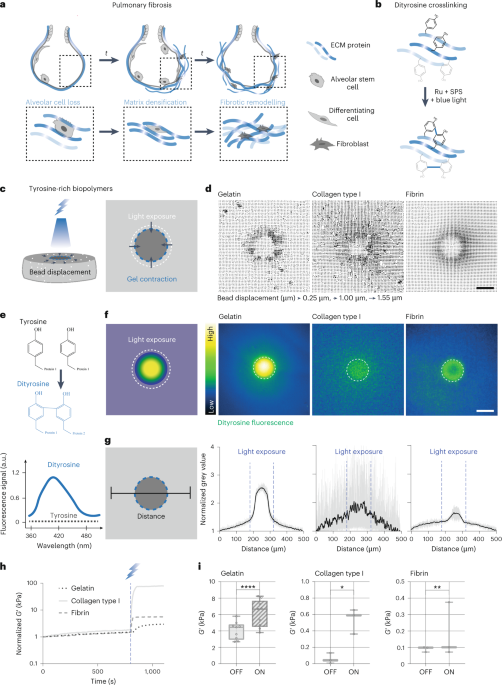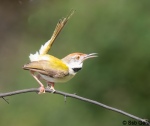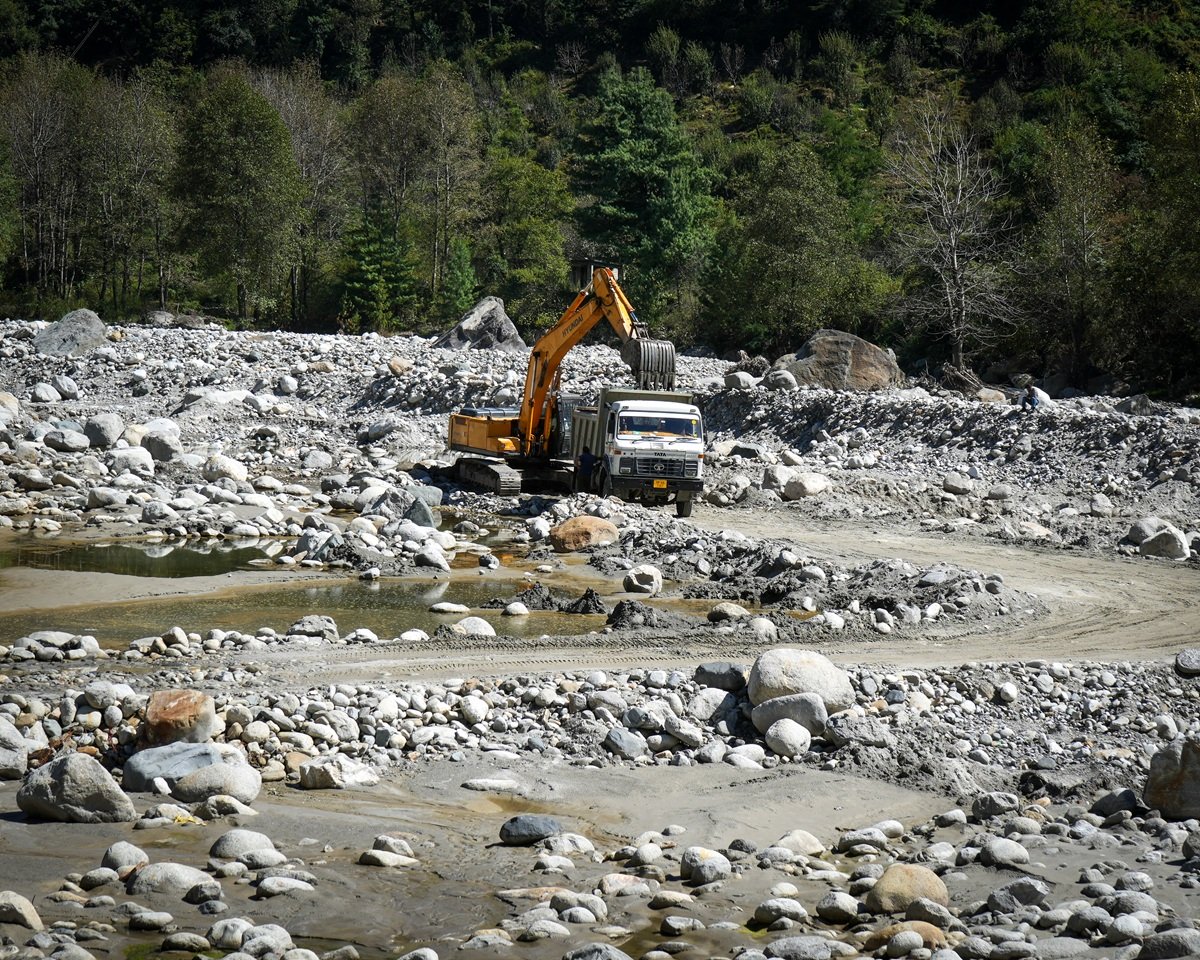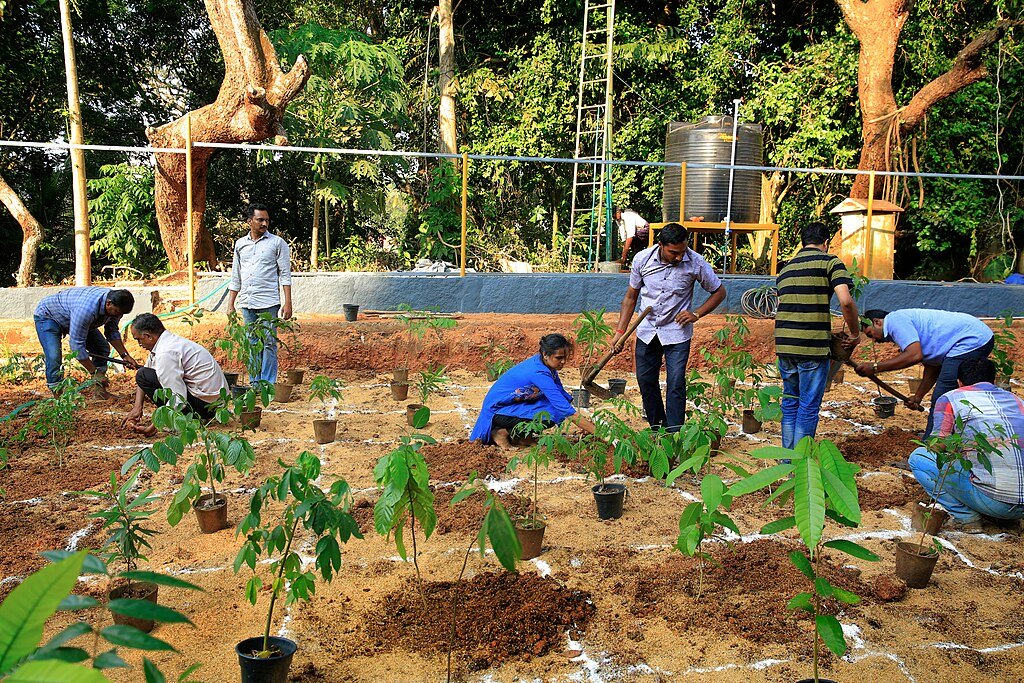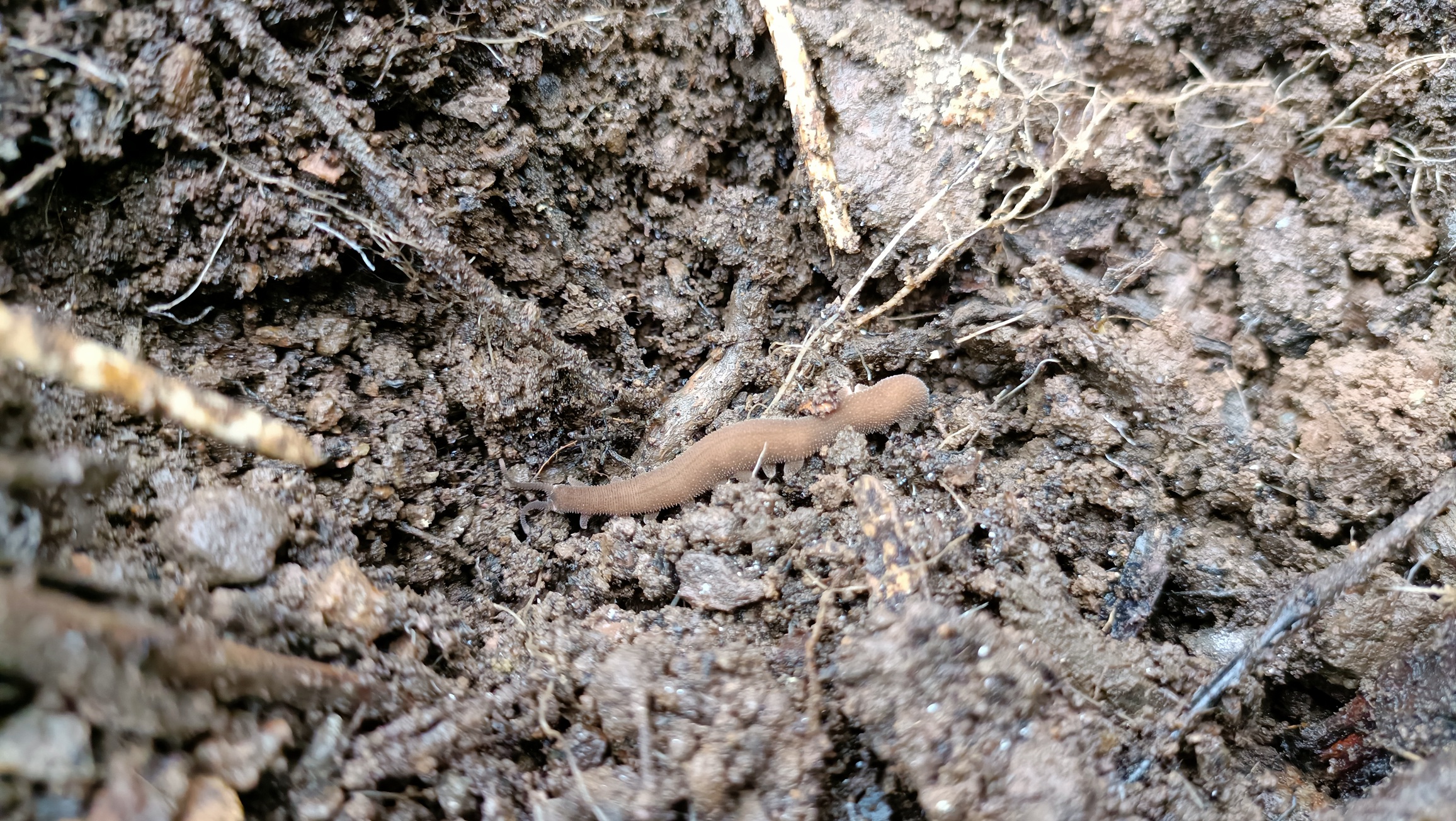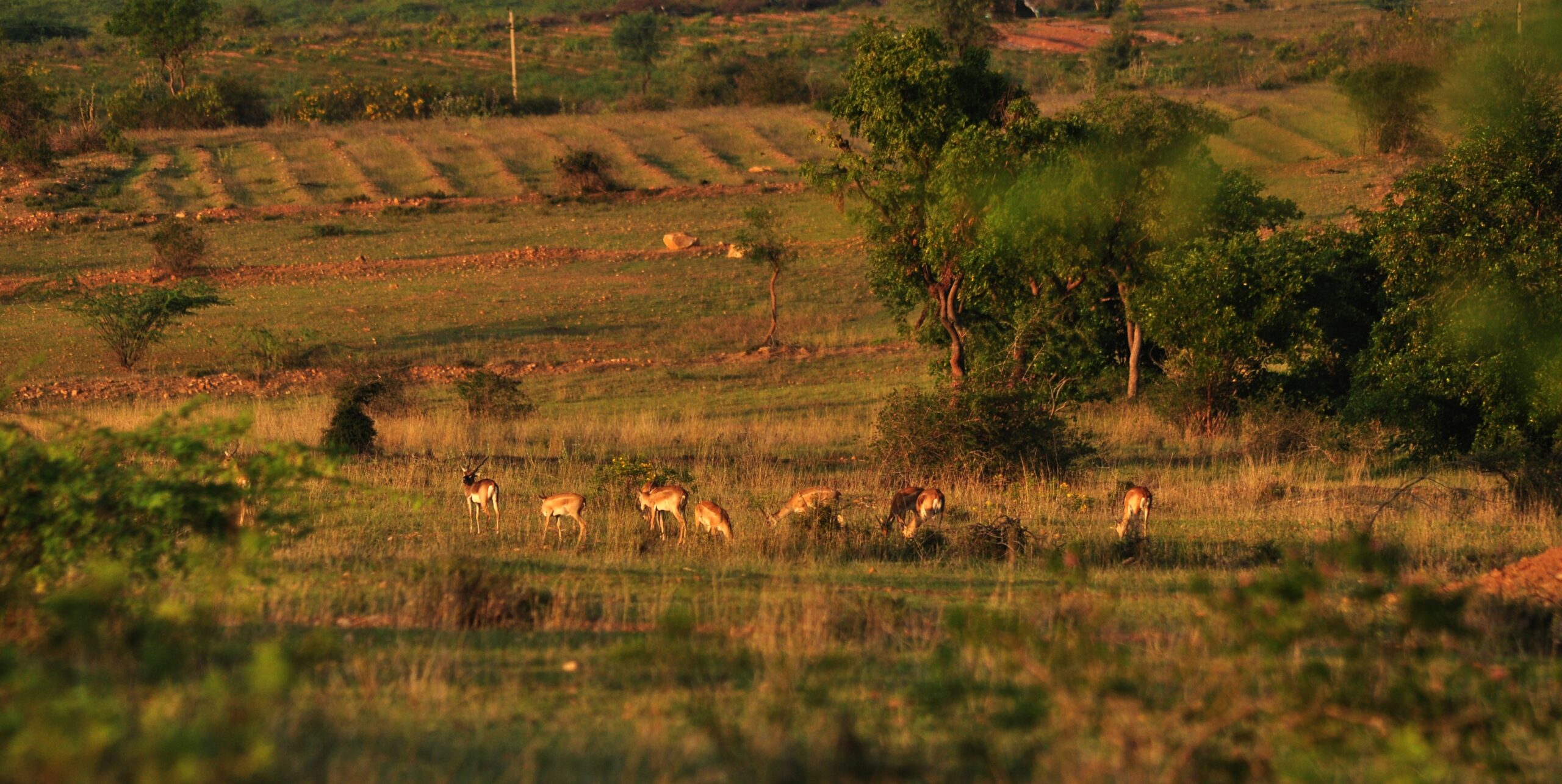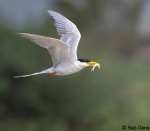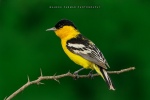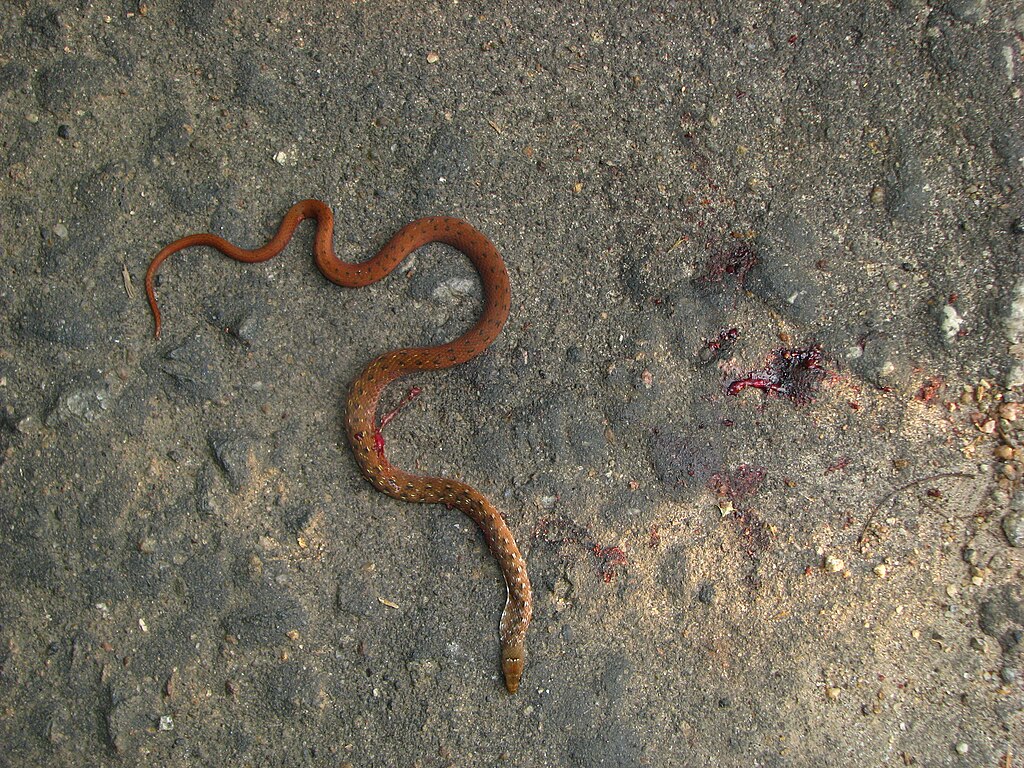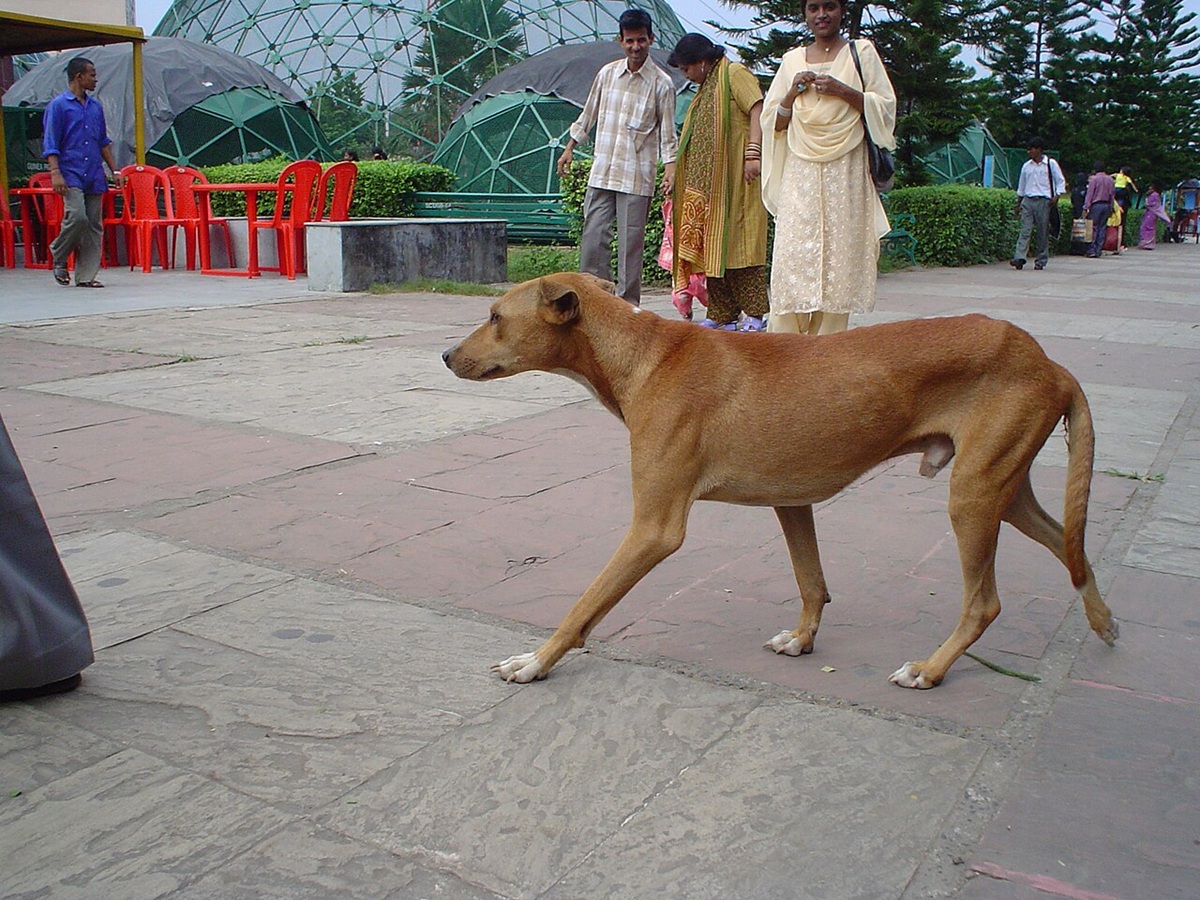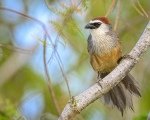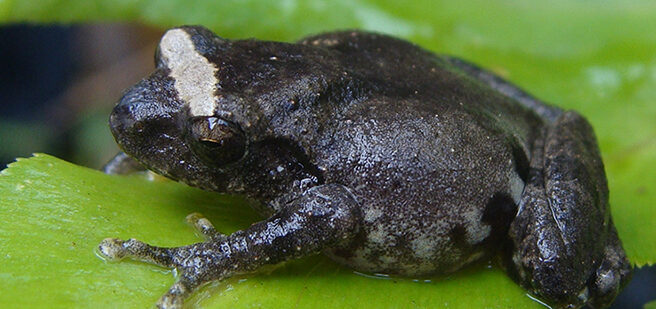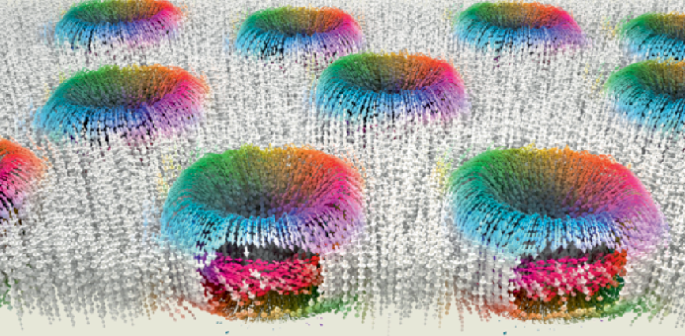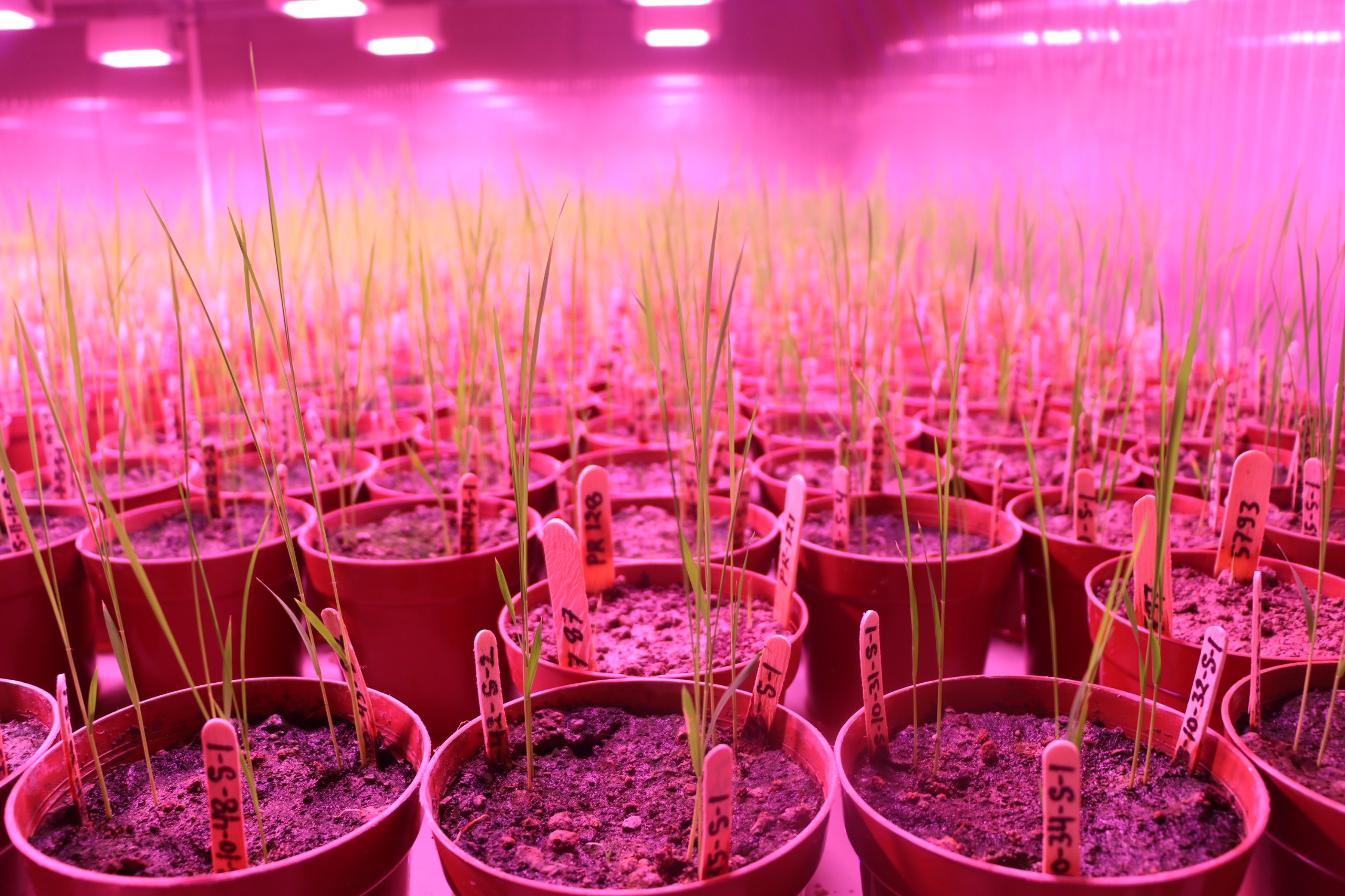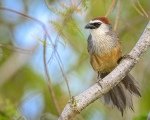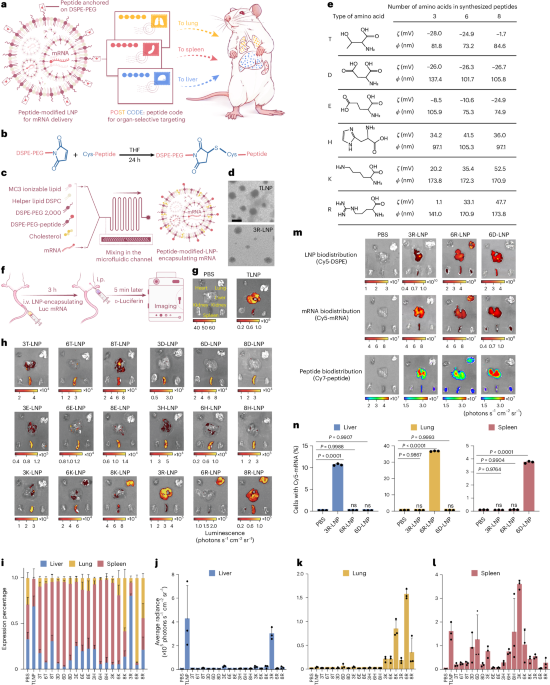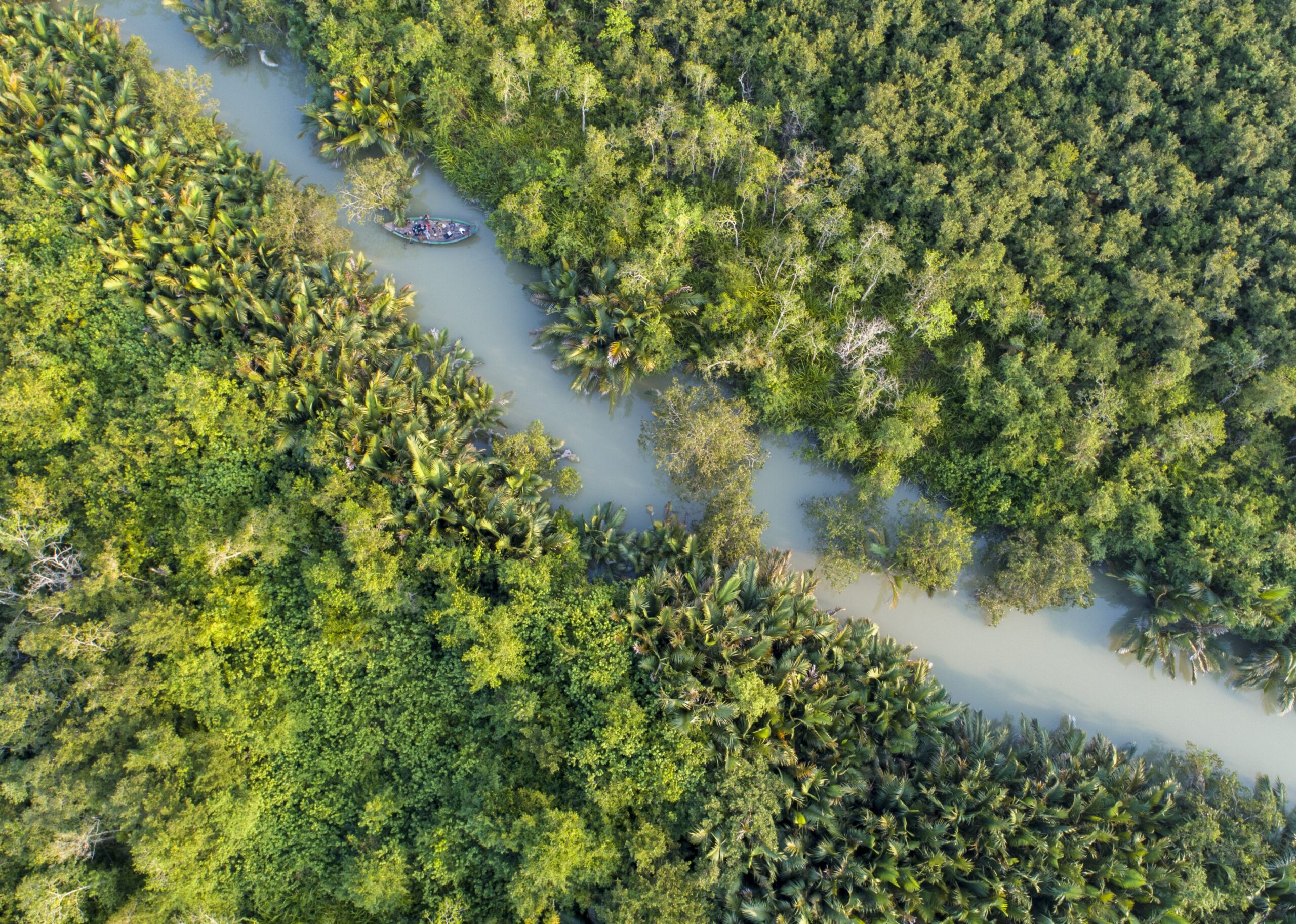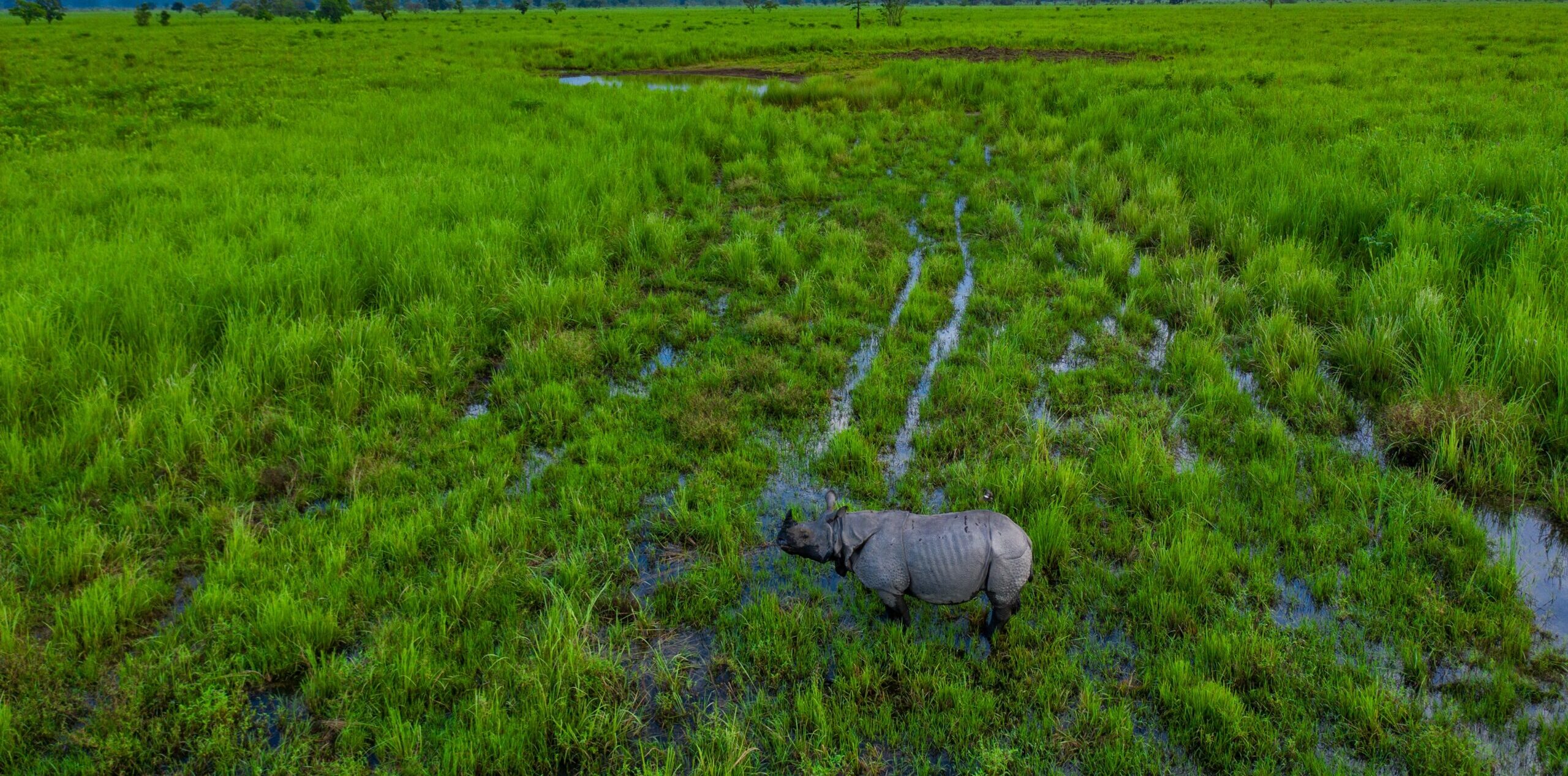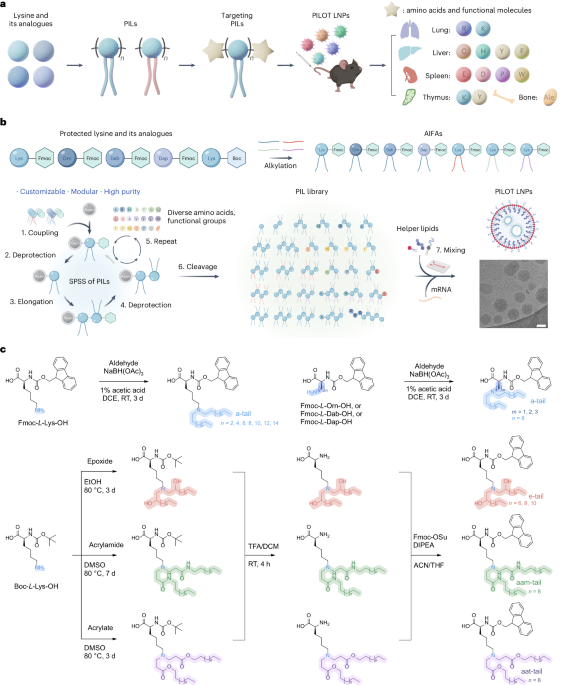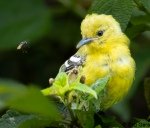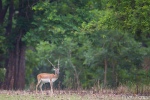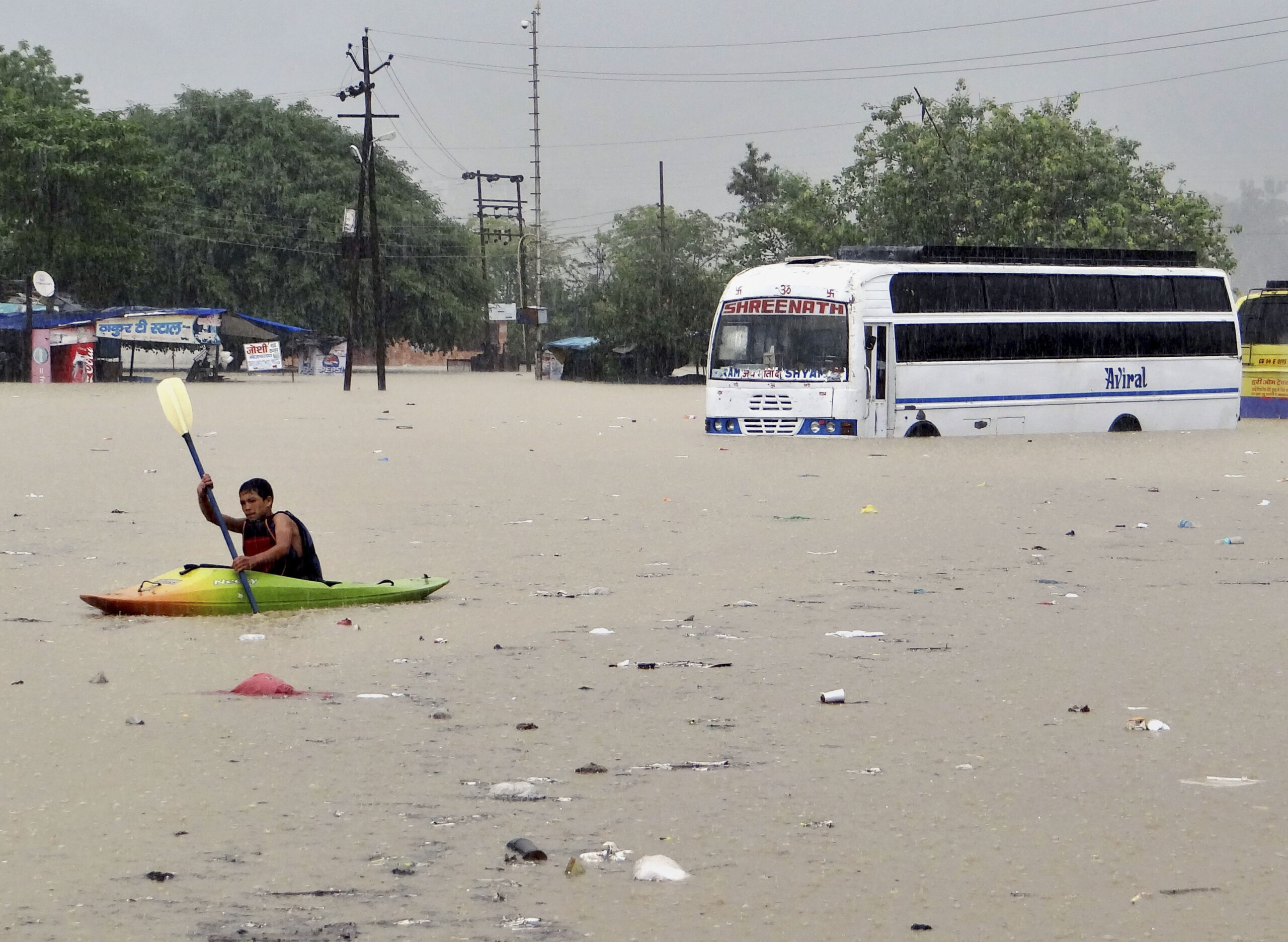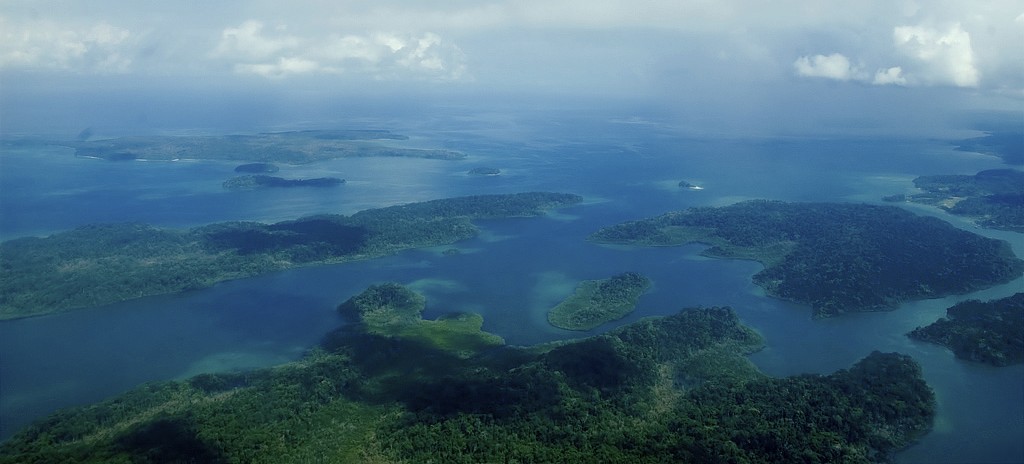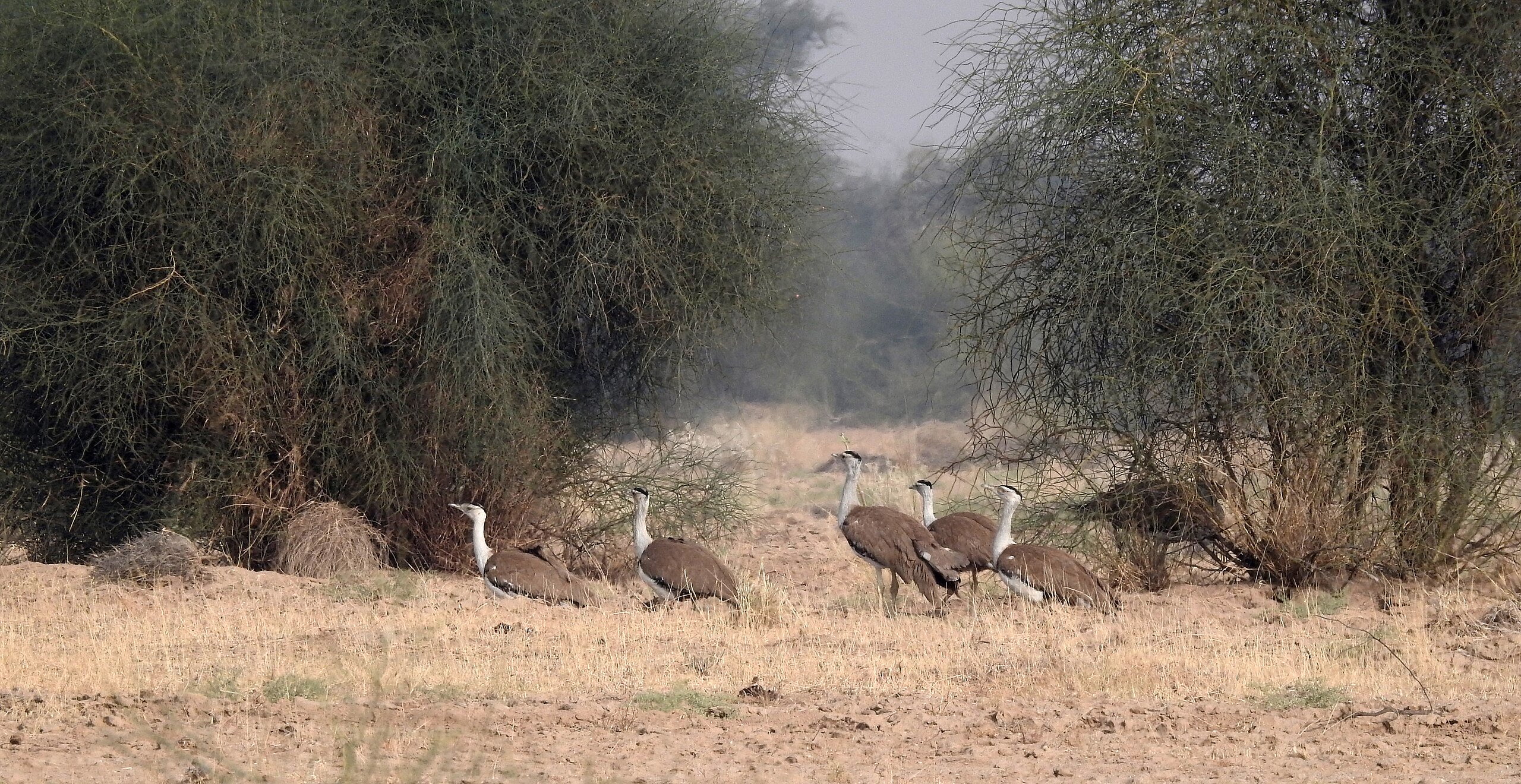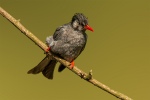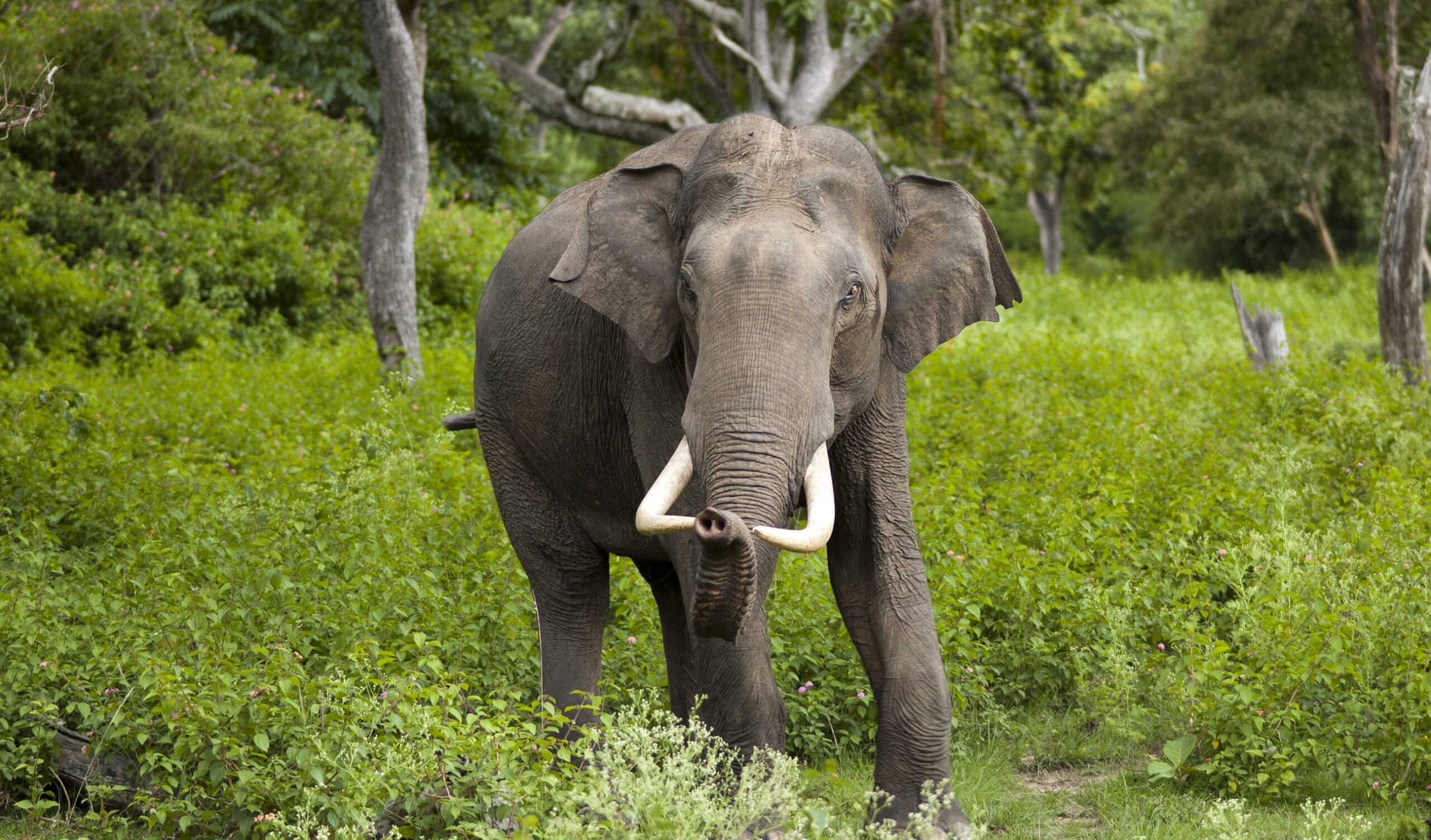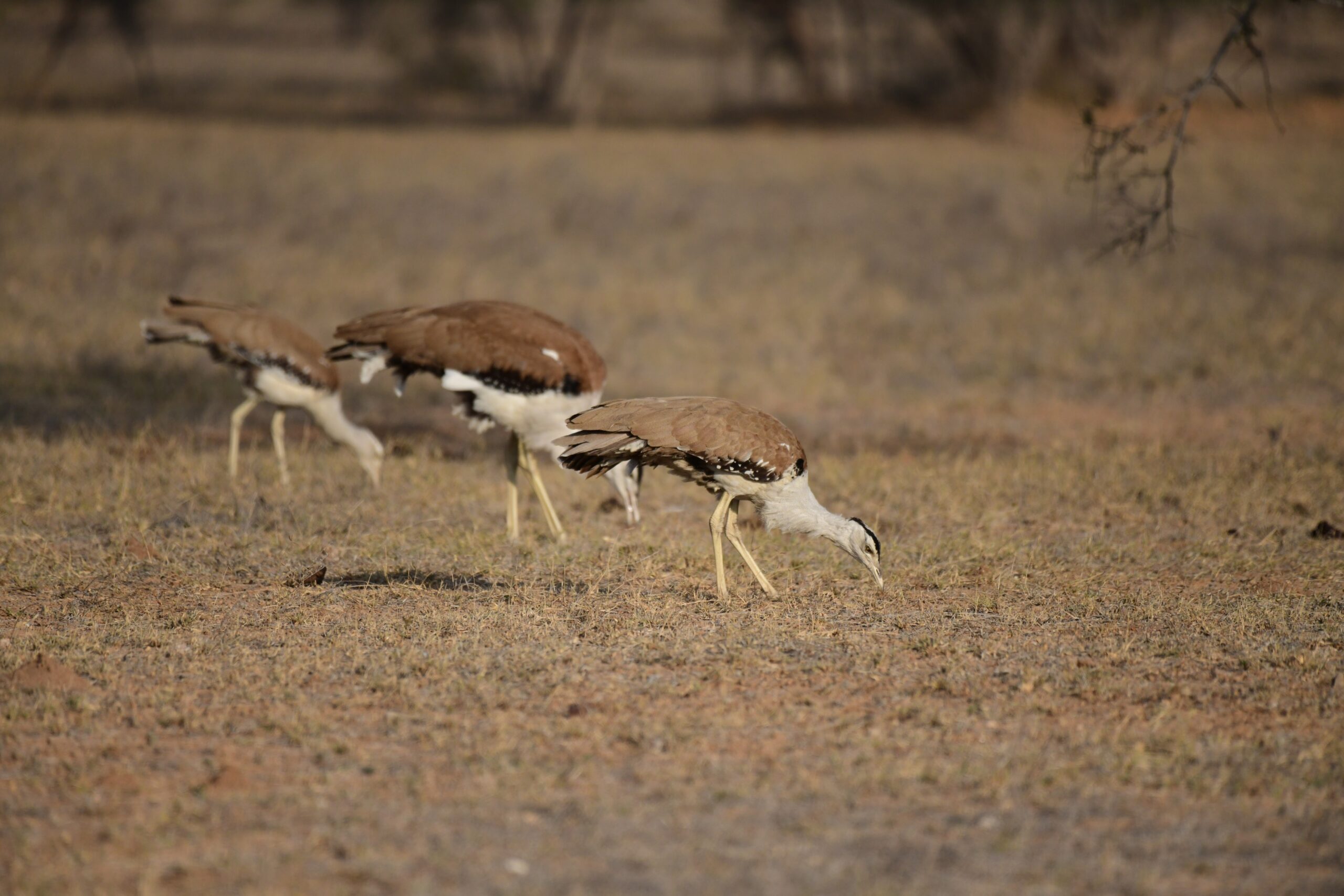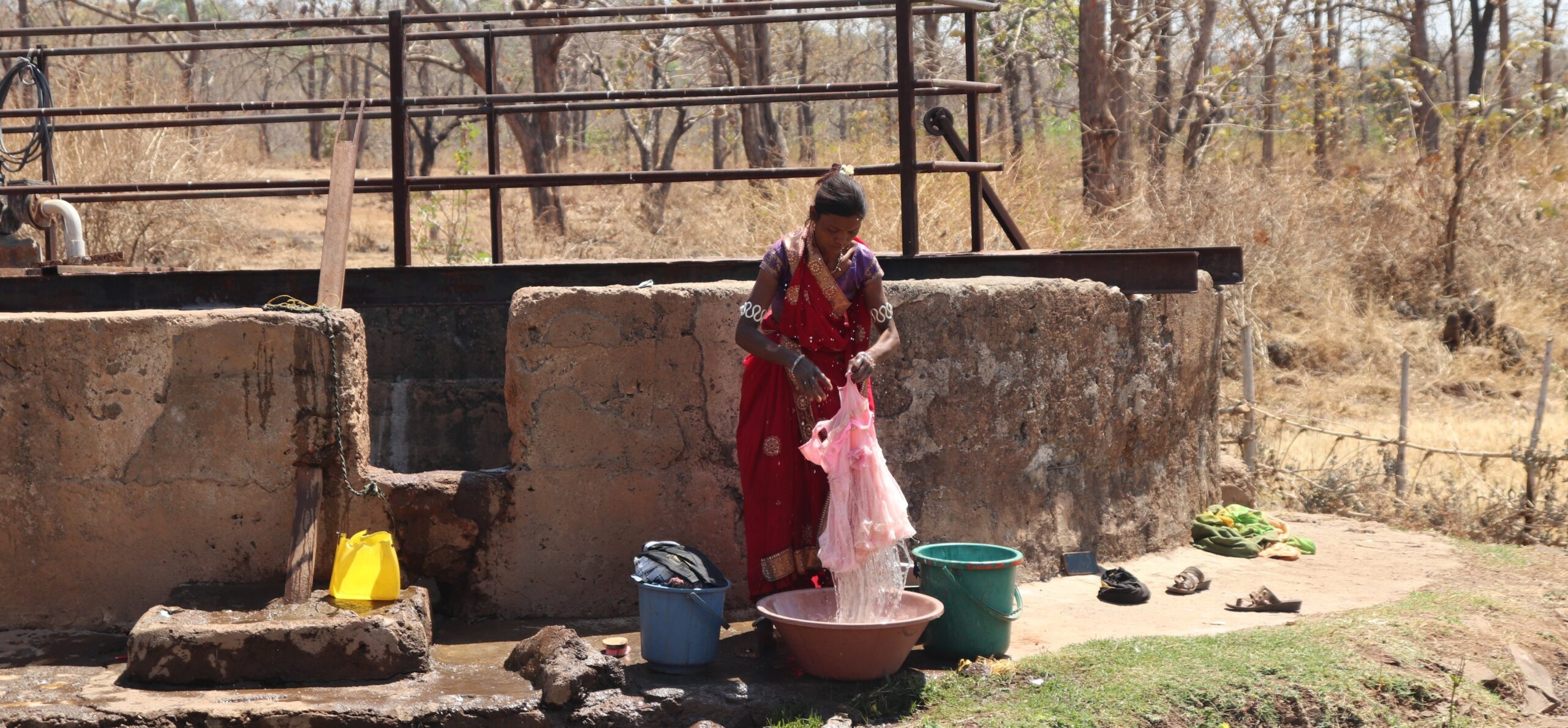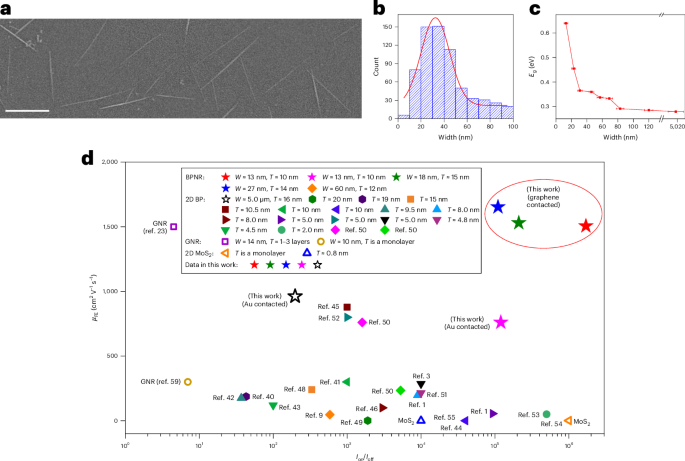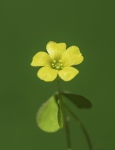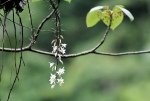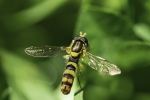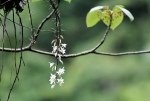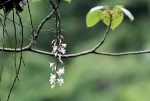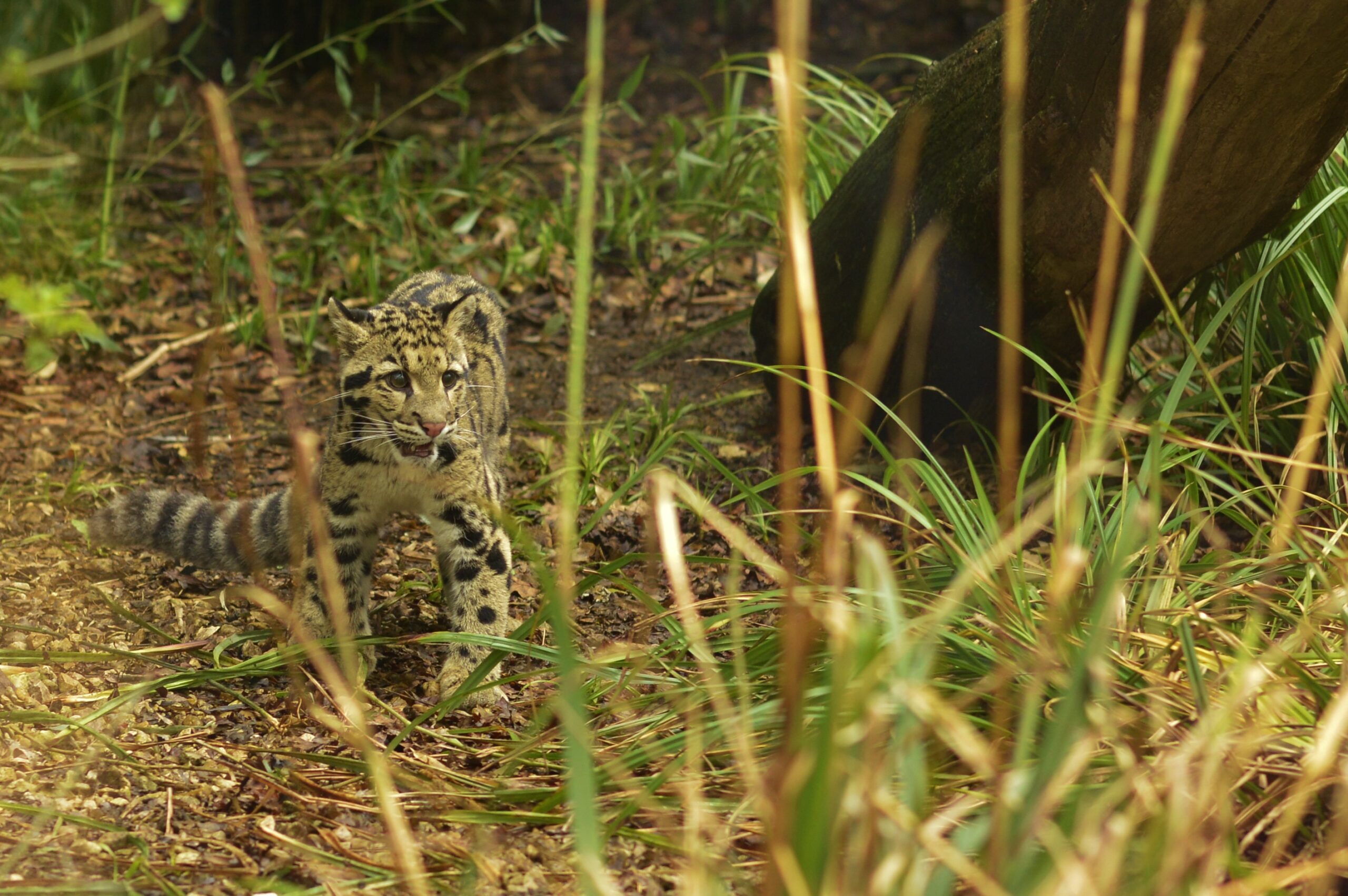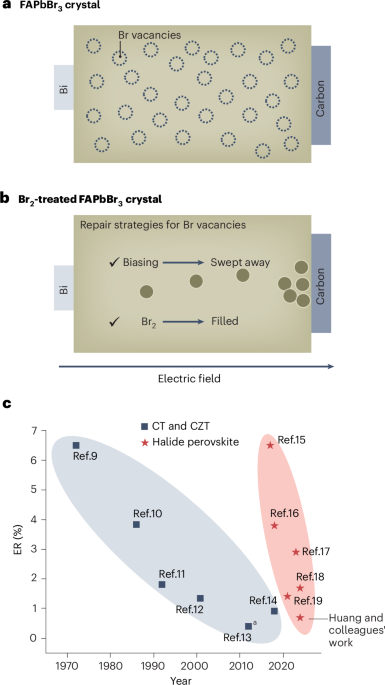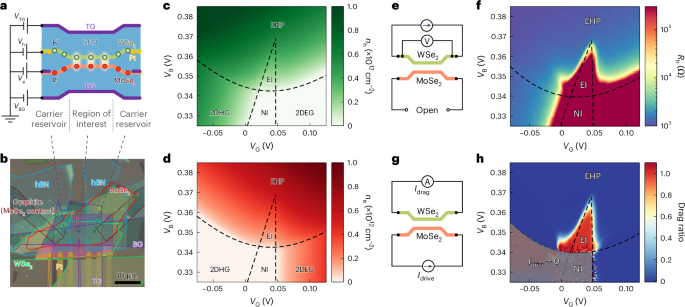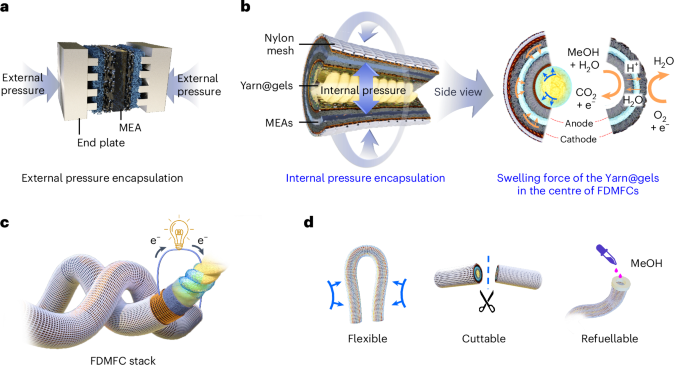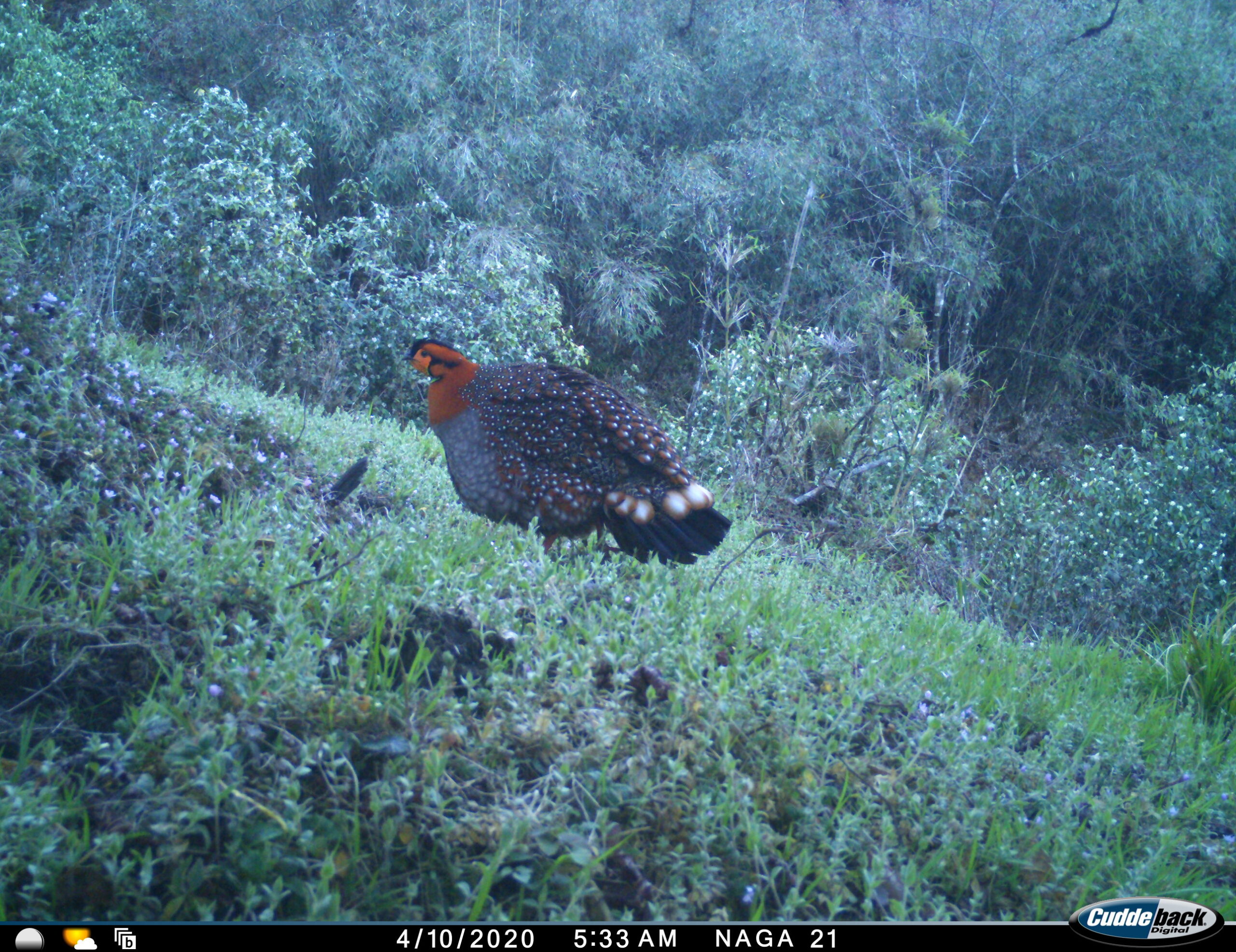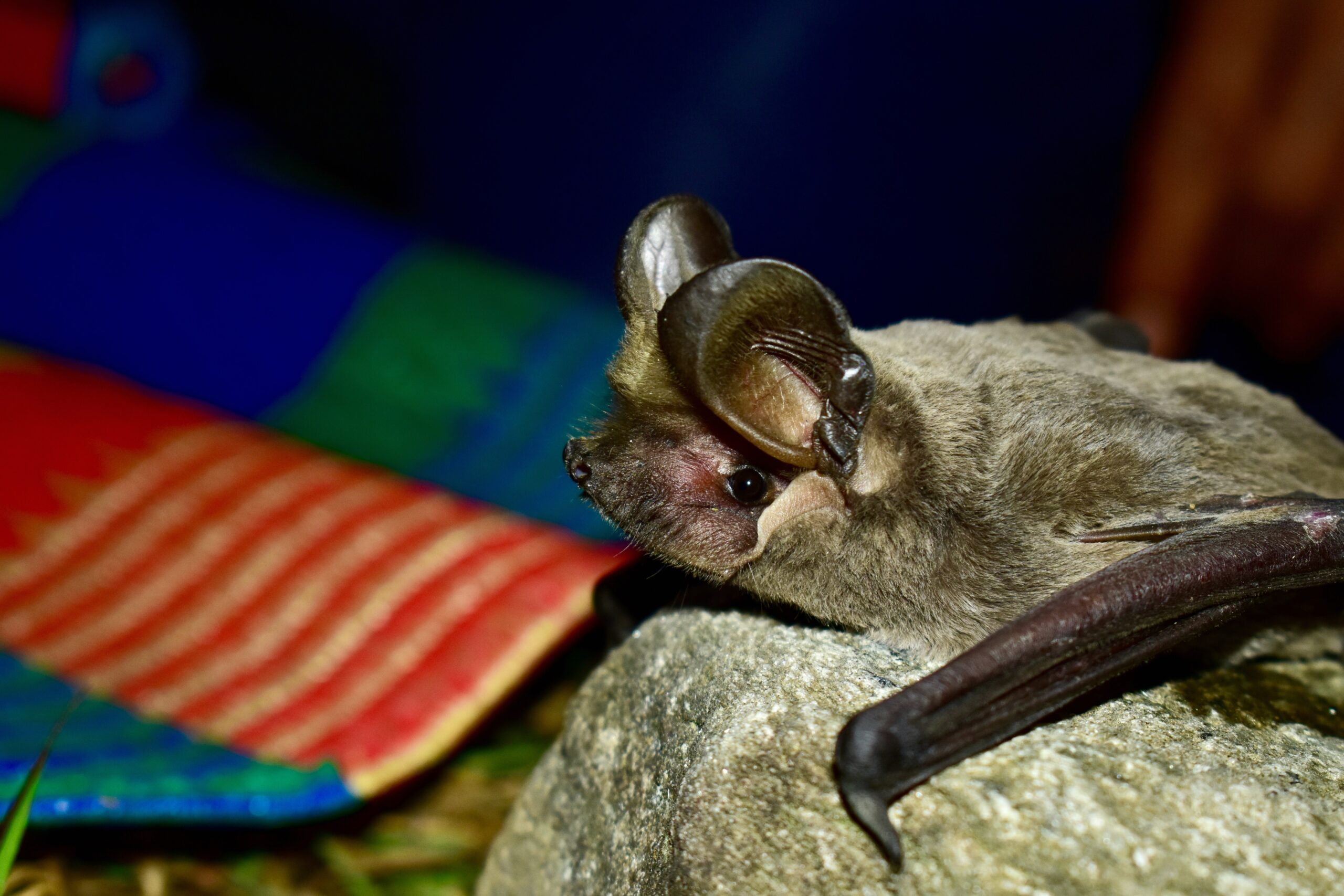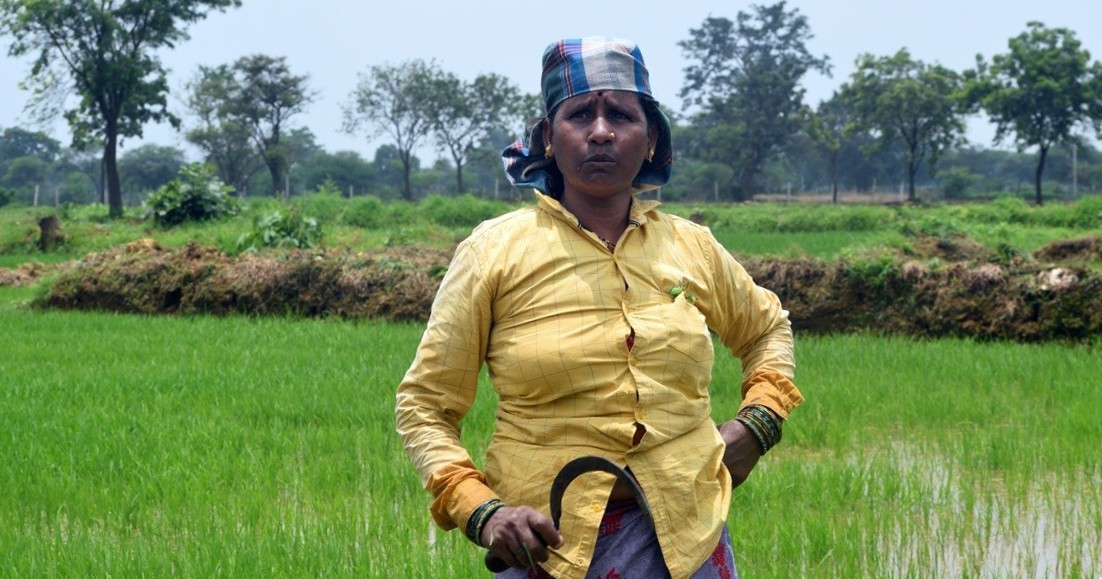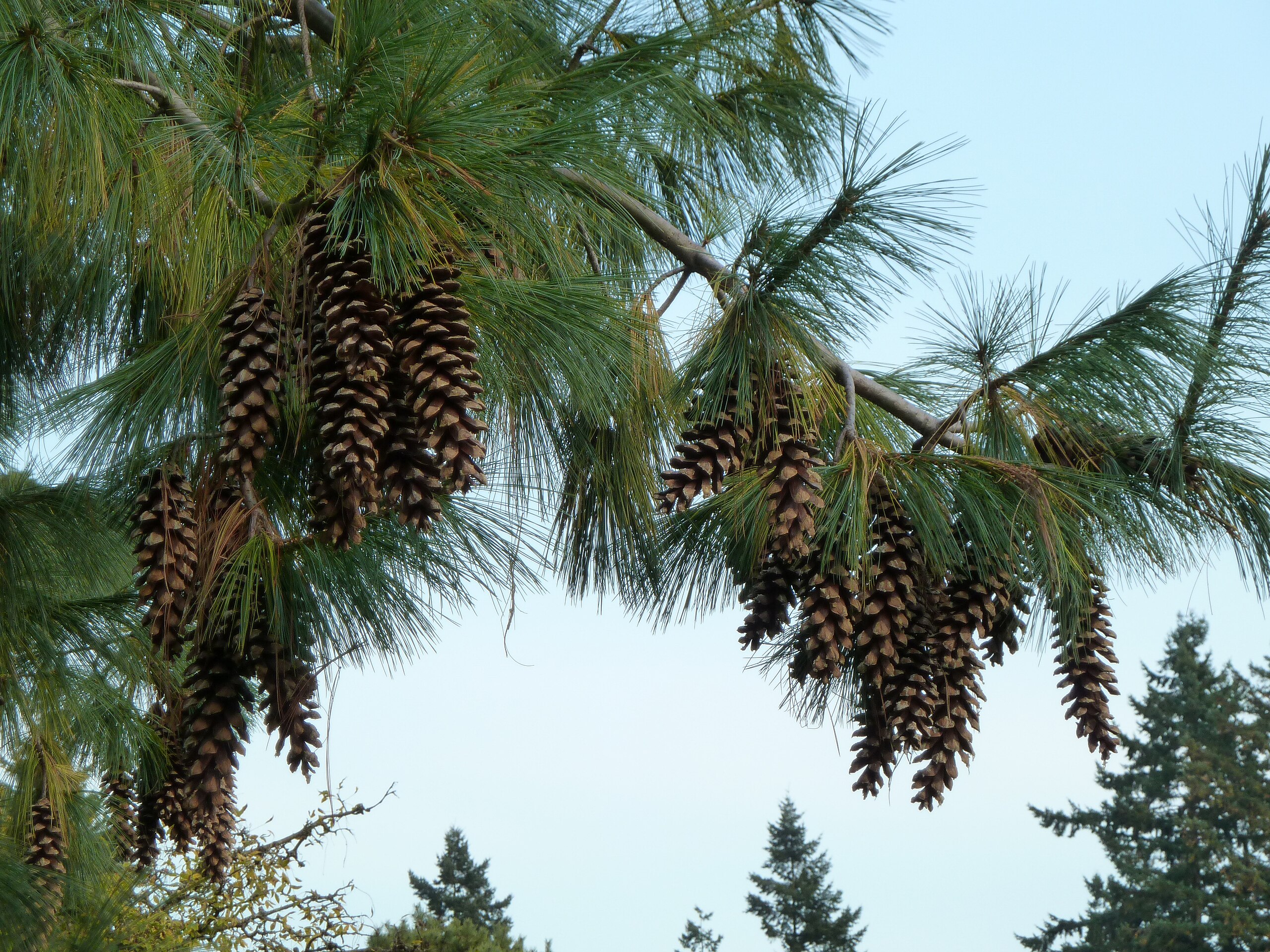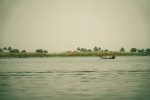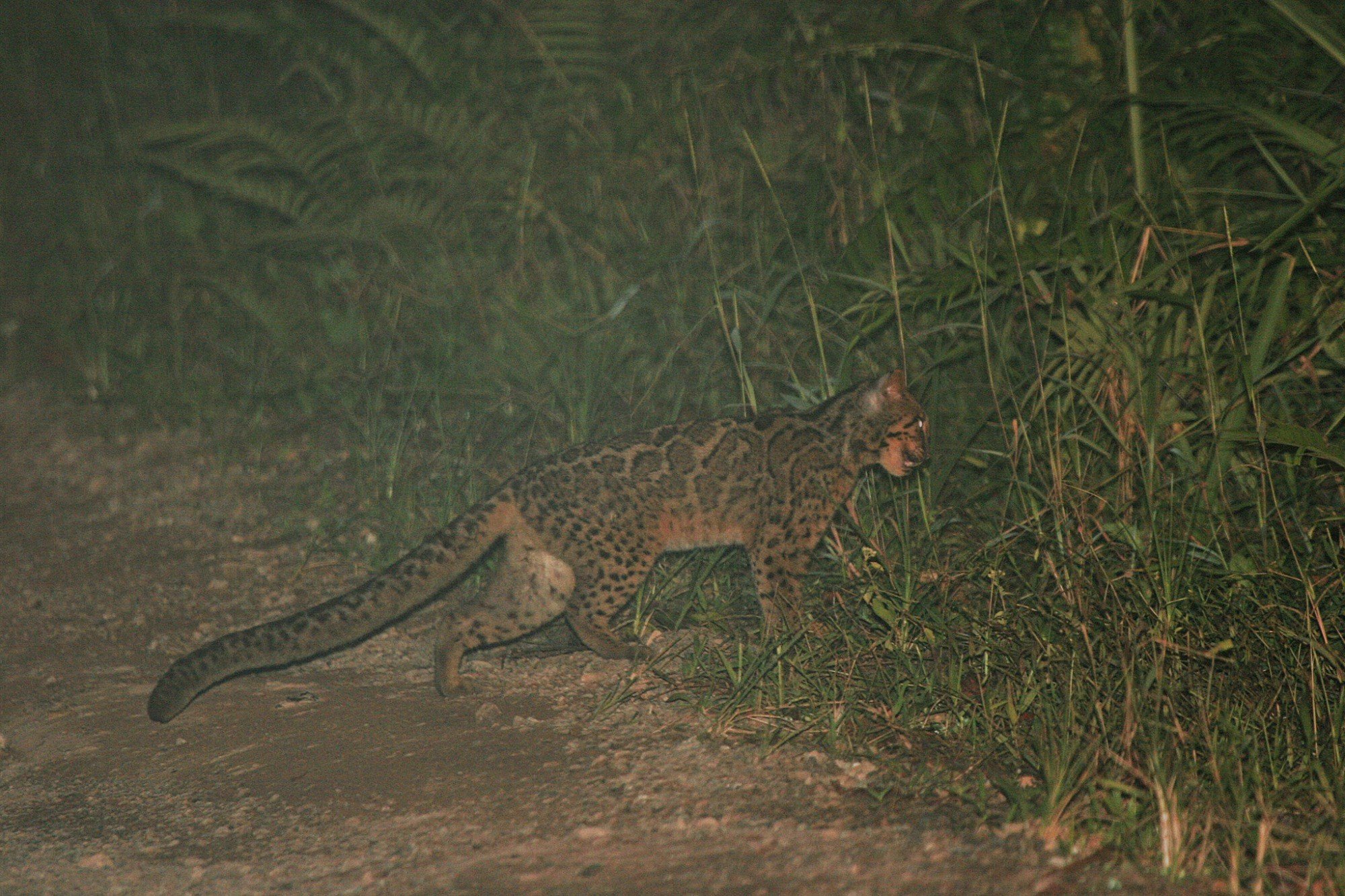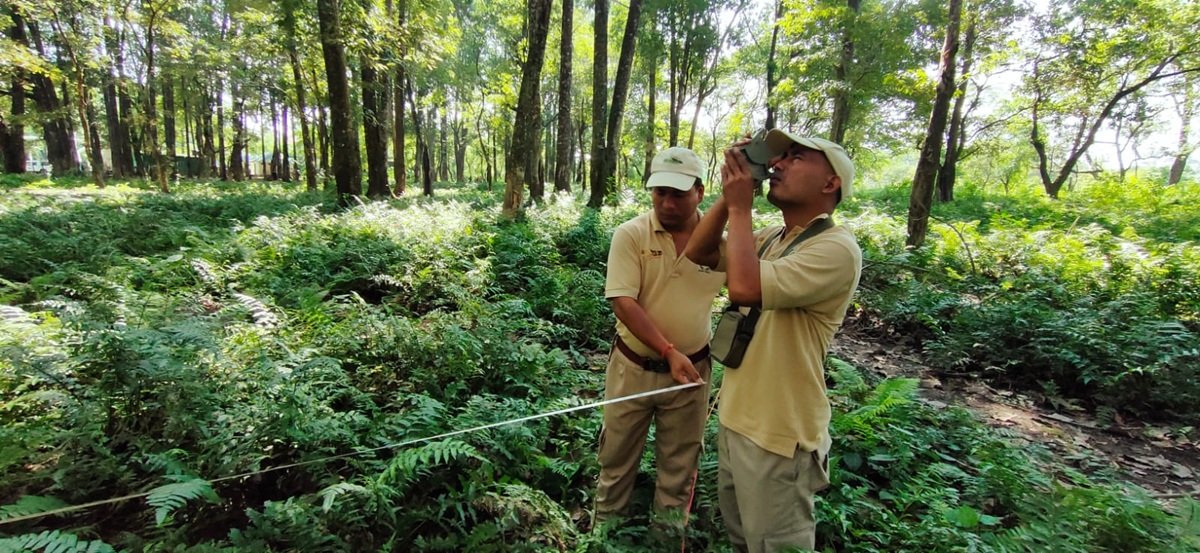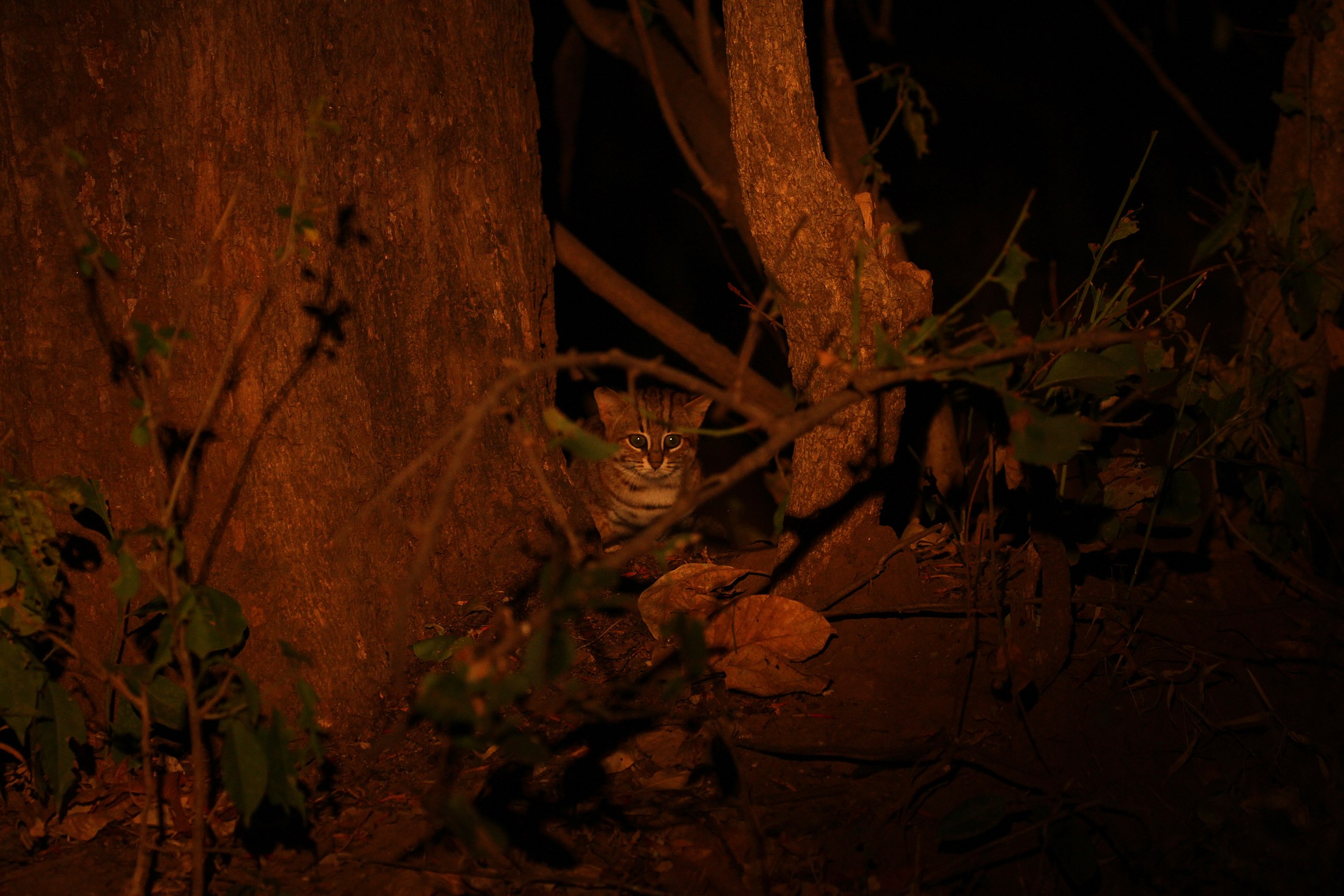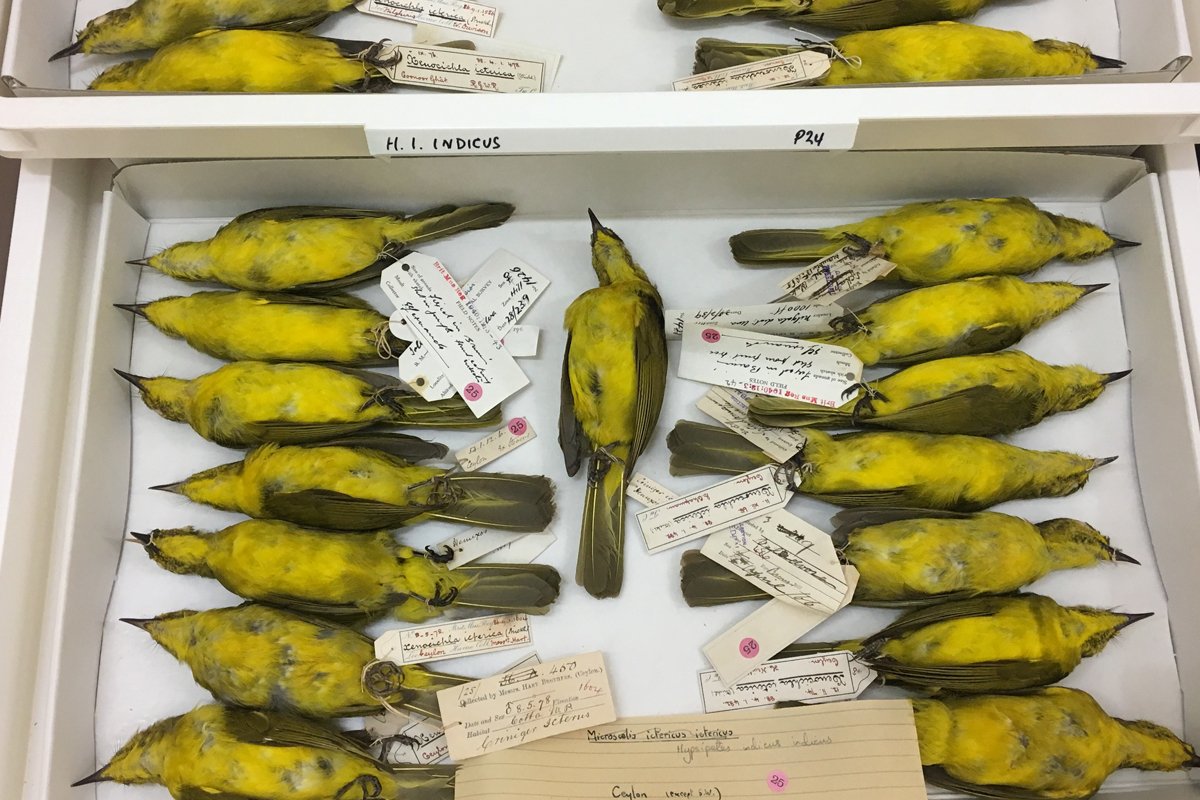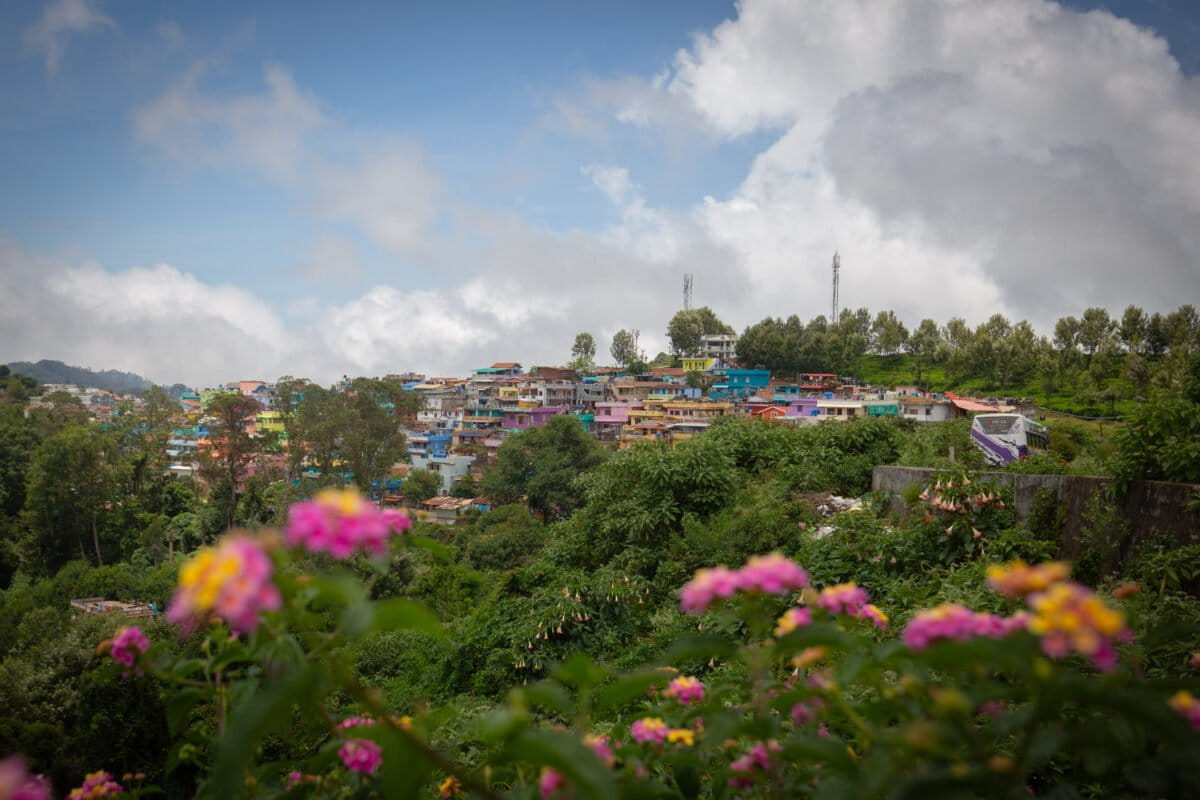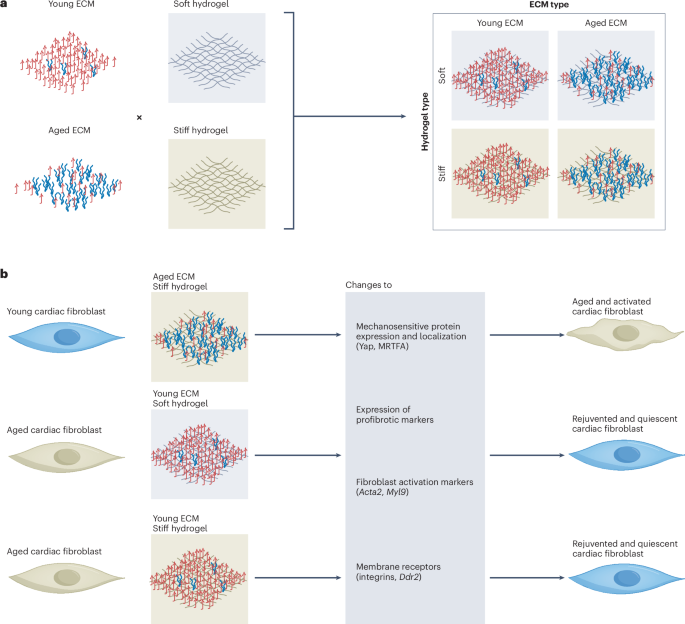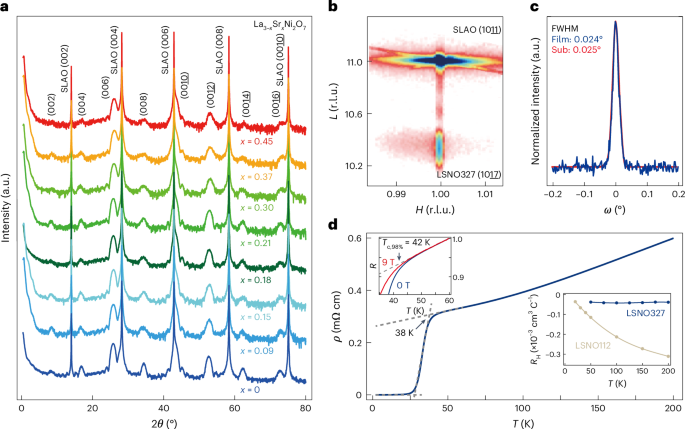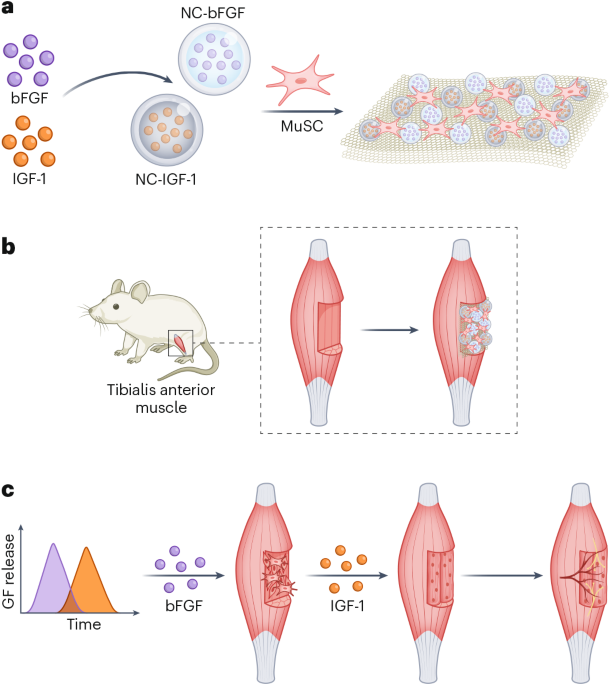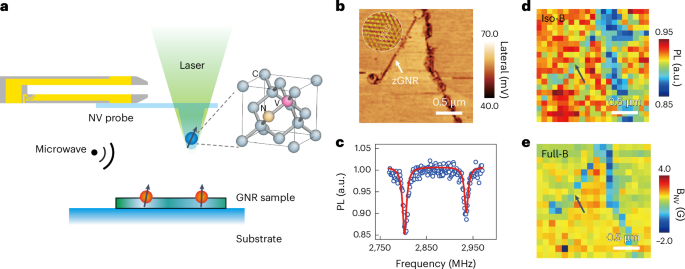
- The history of the supercontinent called Gondwanaland can be traced to 600 million years before the present.
- Populations of plants and animals that drifted away have since evolved and diversified.
- Some common plants and animals that have become a part of our daily lives and culture, are descendants of the early drifters from Gondwanaland.
- The views in this commentary are that of the author.
Six hundred million years ago the world was very different. South America, Africa, Madagascar, the Arabian Peninsula, India subcontinent, Australia and Antarctica were joined together in the form of a ‘supercontinent’ called Gondwanaland. It was during this time that the earliest animals with bilateral symmetry may have first appeared. Terrestrial animal life was minimal, at least during the next 100 million years, if not more. Animals with backbones were absent.
Four hundred and twenty million years later the situation changed. The world had become a domain of dinosaurs. It was then that Gondwanaland began to break up. Peninsular India started to drift northwards. The drifting biodiversity-raft progressed very slowly, until finally it became a part of the Asian mainland 45 million years ago. What life the raft carried with it, is not fully known.
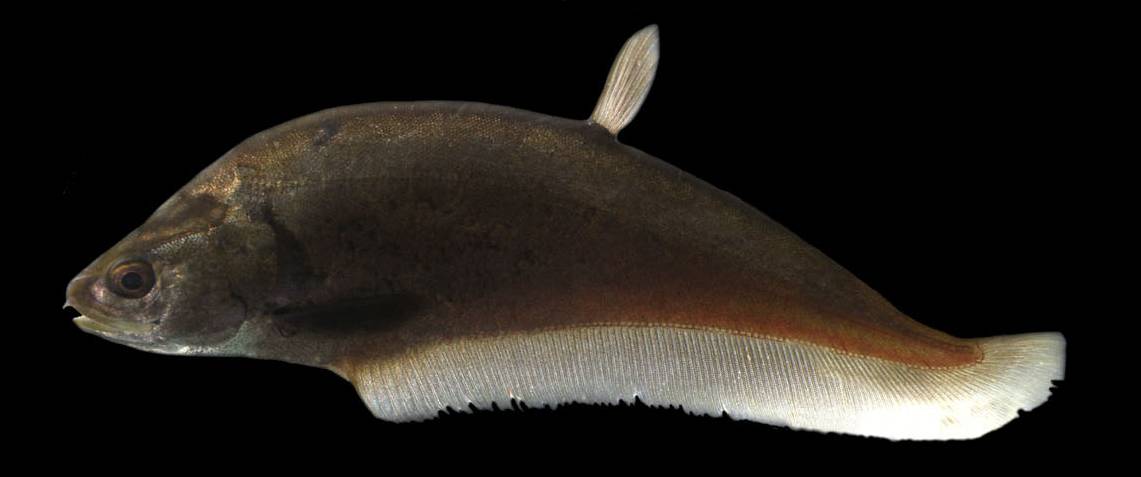
Living fossils
An extant species of animal or plant with an ancient ancestry is popularly called a ‘living fossil’. There are many living fossils among animals (and plants) in India too. In fishes, for instance, the order Osteoglossiformes includes primitive species called ‘bony tongue’. Bony tongues are today found widely across the Earth’s continents. Yet, they all had a common ancestor in Gondwanaland. The most well-known among this order of fishes is probably the arowana, which is South American in origin. Yet only a few may know that we have native bony tongues in India too. These are the feather-fins (Notopteridae), which are fairly large and hence popular as food locally. Younger individuals are traded as aquarium fish.
Some living fossils have nevertheless attracted greater scientific attention and are therefore more talked about. One such living fossil is the purple or pig-nosed frog of the Western Ghats. This frog that belongs to the endemic family Nasikabatrachidae is believed to have had a Gondwanan ancestry that can be traced to 300 million years before present. Its closest relatives are found in the Seychelles.
There are living fossils among plants too. Some of these may even have had an older ancestry than fish or frogs. Among such are Podocarps. Podocarps are broadleaved gymnosperms (naked seeded plants including conifers) whose ancestors first appeared in Gondwanaland and diversified around the time that the dinosaurs went extinct 65 million years ago. At least one species currently known as Nageia wallichiana occurs in the Western Ghats, and locally, elsewhere in India. This species of tree was earlier known as Podocarpus wallichiana.
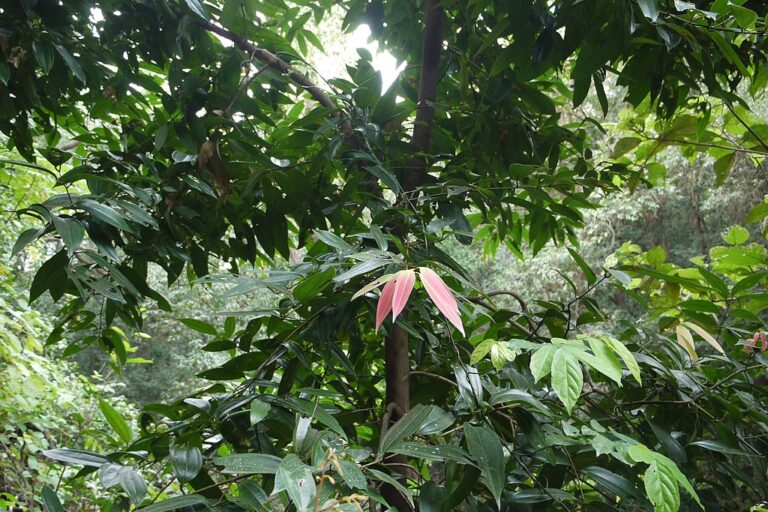
There are also families of primitive angiosperms (flowering plants with seeds enclosed in fruits) that have a Gondwanan lineage. One among these is the family of laurels (Lauraceae). Common trees that belong to the family are cinnamon and avocado. While avocado is tropical American in origin, cinnamon is Asian. There are many species of native cinnamon in India and Sri Lanka with some being endemic to the Western Ghats (example Cinnamomum malabatrum, the fragrant vayana leaves of Kerala). Other angiosperm families with Gondwanan connections include Sapotaceae and the popular fruit sapodilla, sapota or chikoo belongs to this family. It is also South American in origin. Throughout India we have many other common native species that belong to this primitive family of angiosperms. Mahua (Madhuca longifolia), Paala (Manilkara hexandra) and Mahilam (Mimusops elengi) are just a few well-known examples. In fact, sapota and paala are both placed in the same genus (Manilkara) by taxonomists, and horticulturists use the latter as a hardy root stock for grafting high yielding varieties of sapota.
Drift and diversification by vicariance
Vicariance is one of the major biogeographical and evolutionary processes that lead to diversification of life (biodiversity). This happens, when a once contiguous population of what we call ‘species’ is fragmented. The subpopulation in each fragment adapts and evolves over time into something markedly different from the other subpopulations and ultimately from its ancestor. Vicariance thus leads to diversification and the result is a set of closely related species that descended from a common ancestor. The process may however take millions of years and the triggers can vary from very large-scale geological events such as continental drift to smaller regional topographic changes.
Between the time that peninsular India broke up from Gondwanaland and joined the Asian mainland in the north, it may have drifted for at least 130 million years. This is a long period providing ample scope for plants and animals to evolve and diversify. Although there is no evidence for the existence of birds and mammals in the drifting peninsula, plants, invertebrates and lower vertebrates such as fishes, amphibians and reptiles were certainly a part of the ‘ark’ that carried with it Gondwanan biodiversity. Further, it is during this time that major changes in the topography of the Indian peninsula took place, including the formation of the Western Ghats. As mentioned earlier, major changes in the topography can lead to vicariance at regional and even local geographical scales.
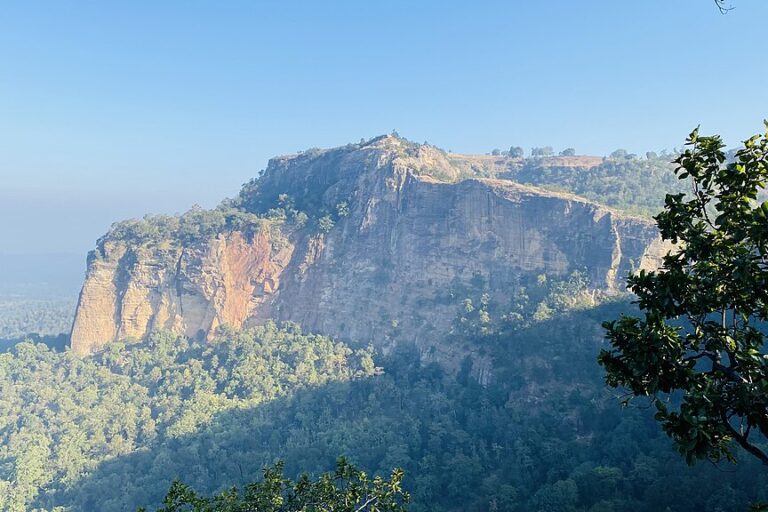
Therefore, two major geological events namely, the breakup of Gondwanaland followed by continental drift that began 180 million years ago, and the uplift of the Western Ghats that happened sometime when the Indian peninsula continued to drift northwards, have contributed to vicariance and further diversification of Gondwanan plants and animals in peninsular India. Whether they are Podocarps or fishes with bony tongues or the pig-nosed frog, they have all had their respective common ancestors in Gondwanaland.
Biogeography holds the key
There are many more examples, known and unknown, that can testify the Gondwanan ancestry among more plants and animals. Many of the known species are found in the Western Ghats with some being endemic. Early Indian biogeographers had however failed to see the Gondwanan connections in peninsular Indian fauna. It was therefore generally hypothesised that peninsular India got all its animals from adjoining regions (and continents) and only after it collided with mainland Asia. The Gondwanan connection thus remained concealed for a long time.
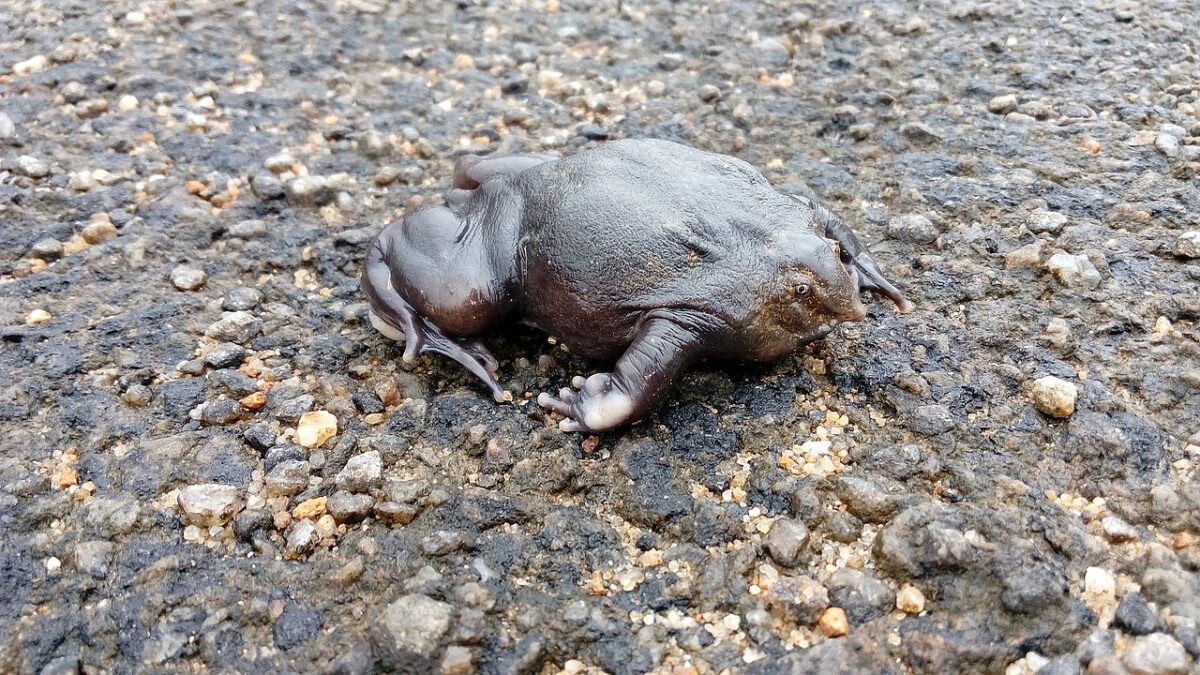
When proposed sixty years ago, the Satpura Hypothesis, for example, came close to confirming that the freshwater fishes in the Western Ghats (and other parts of peninsular India) were derived from the Eastern Himalayas (and thus the contiguous Indo-Malayan region). It suggested that hill-stream fishes from the northeastern geographical extremities dispersed into the Western Ghats using the Satpura hill range as a land bridge. While the hypothesis was initially very appealing to many, it soon lost ground due to better biogeographical and taxonomic research in India and a more comprehensive understanding of species’ origin and distribution.
Conservation valuation has often relied on a species’ geographical distribution (or range), population size, taxonomic uniqueness (antiquity), degree of endangerment, etc. More recently, the concept of EDGE (Evolutionarily Distinct and Globally Endangered) species has gained popularity. An evolutionarily distinct species may represent an ancient lineage as for example Nageia wallichiana in the Western Ghats or it may be the last living representative of a unique lineage (example Tuatara of New Zealand, a unique reptile). In either case, the origin and distribution of the species is not only of great interest to conservation science but also to biogeography.
Biogeography continues to be the best means of solving evolutionary riddles. It provides answers to anomalous distribution patterns in species of plants and animals. Since the time of Charles Darwin and Sir Alfred Russell Wallace biogeography has evolved into a more technology-driven science. Modern scientific research has also shown that when fossils are scarce or fail to provide conclusive evidence, molecular biological tools can be the best alternatives. Biogeography will continue to evolve and surprise us with more facts and unexpected revelations. While it may happen, is it not a surprise that the sapota or avocado seeds that we throw out or the cinnamon that we toss into the curry and the graceful arowana inside the living room have in them a Gondwanan flavour?
The author is an ecologist with the Care Earth Trust, a Chennai-based biodiversity and conservation organisation.
Citation:
- Marshall, M (2023) Timeline: The evolution of life. New Scientist. Newscientist.com.
- Daniels, R J R and Vencatesan, J (2008) Western Ghats: Biodiversity, People, Conservation. Rupa and Co., New Delhi.
- Lavoue, S (2016) Was Gondwana breakup the cause of the intercontinental distribution of Osteoglossiformes? A time-calibrated phylogenetic test combining molecular, morphological, and paleontological evidence. Molecular Phylogenetics and Evolution 99 (12) Doi:10: 1016/1j.ympev.2016.03.008
- Simpson M G (2010) Plant Systematics (second edition). sciencedirect.com
- Quiroga et al (2015) Molecular and fossil evidence disentangle the biogeographical history of Podocarpus, a key genus in plant geography. Journal of Biogeography Doi:10:1111/jbi.12630.
- Daniels, R J R (2001) Endemic fishes of the Western Ghats and the Satpura Hypothesis. Current Science 81 (3): 240-244.
- Daniels, R J R, Hegde, M, Joshi, N V and Gadgil, M (1991) Assigning conservation value: a case study from India. Conservation Biology 5:1-12.
Banner image: A woman collects mahua flowers in Kanha, Madhya Pradesh. Image by Kandukuru Nagarjun via Flickr (CC BY 2.0).



